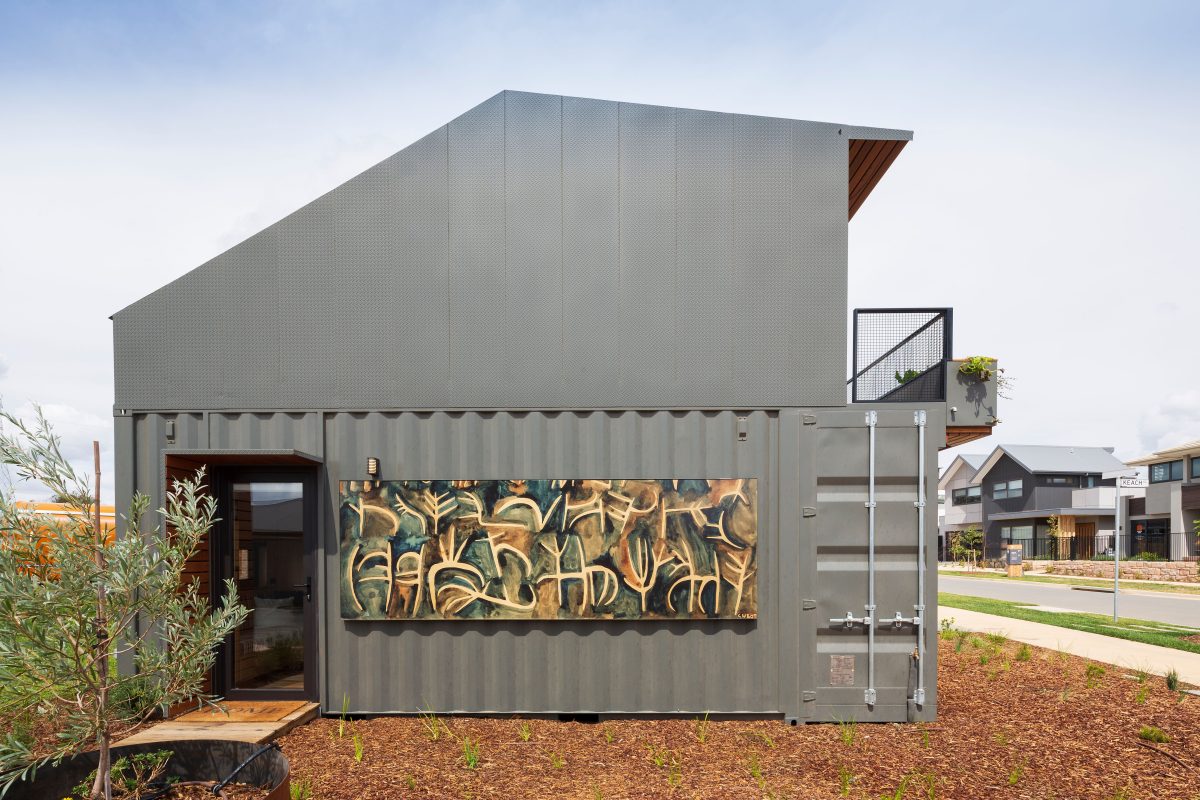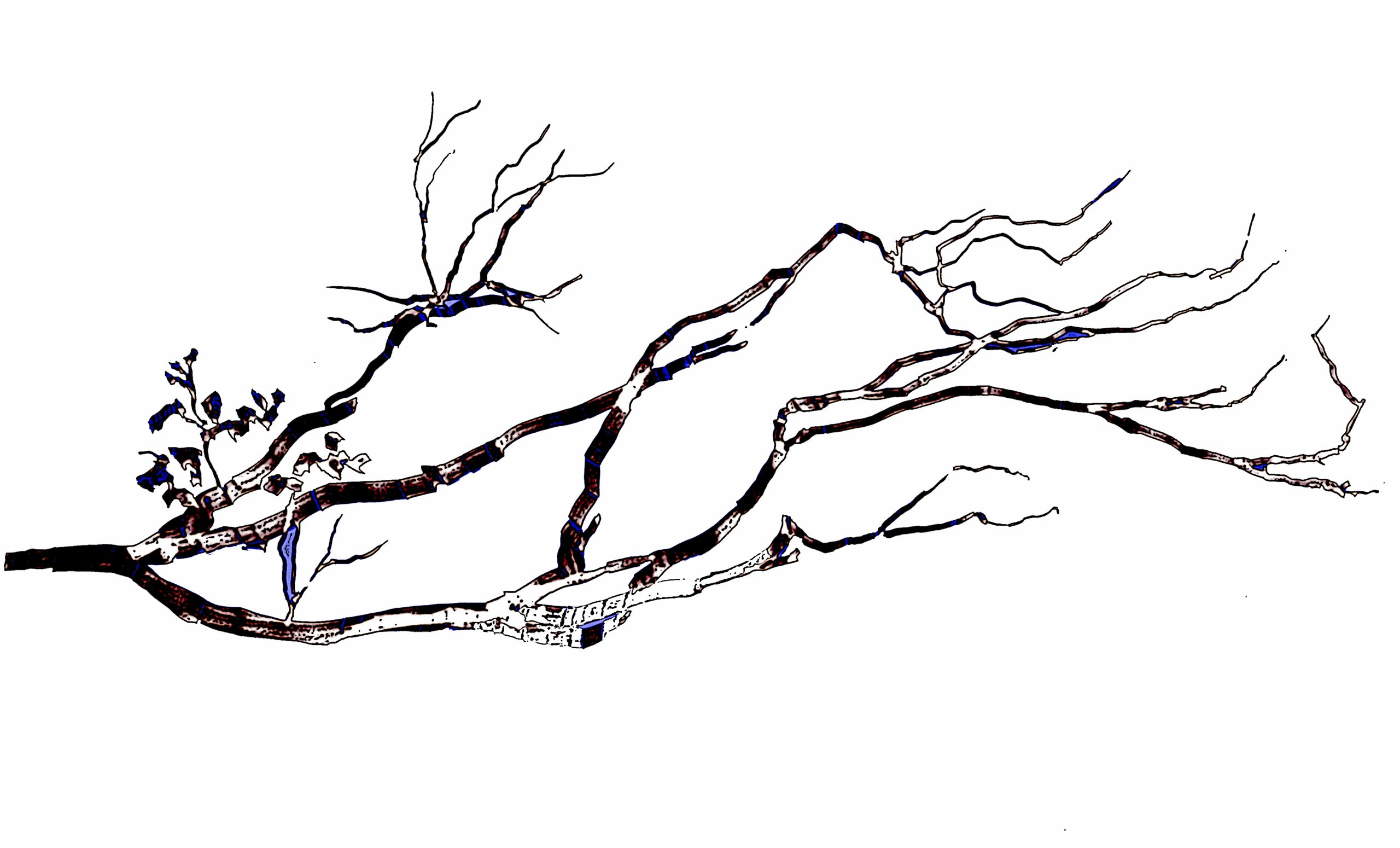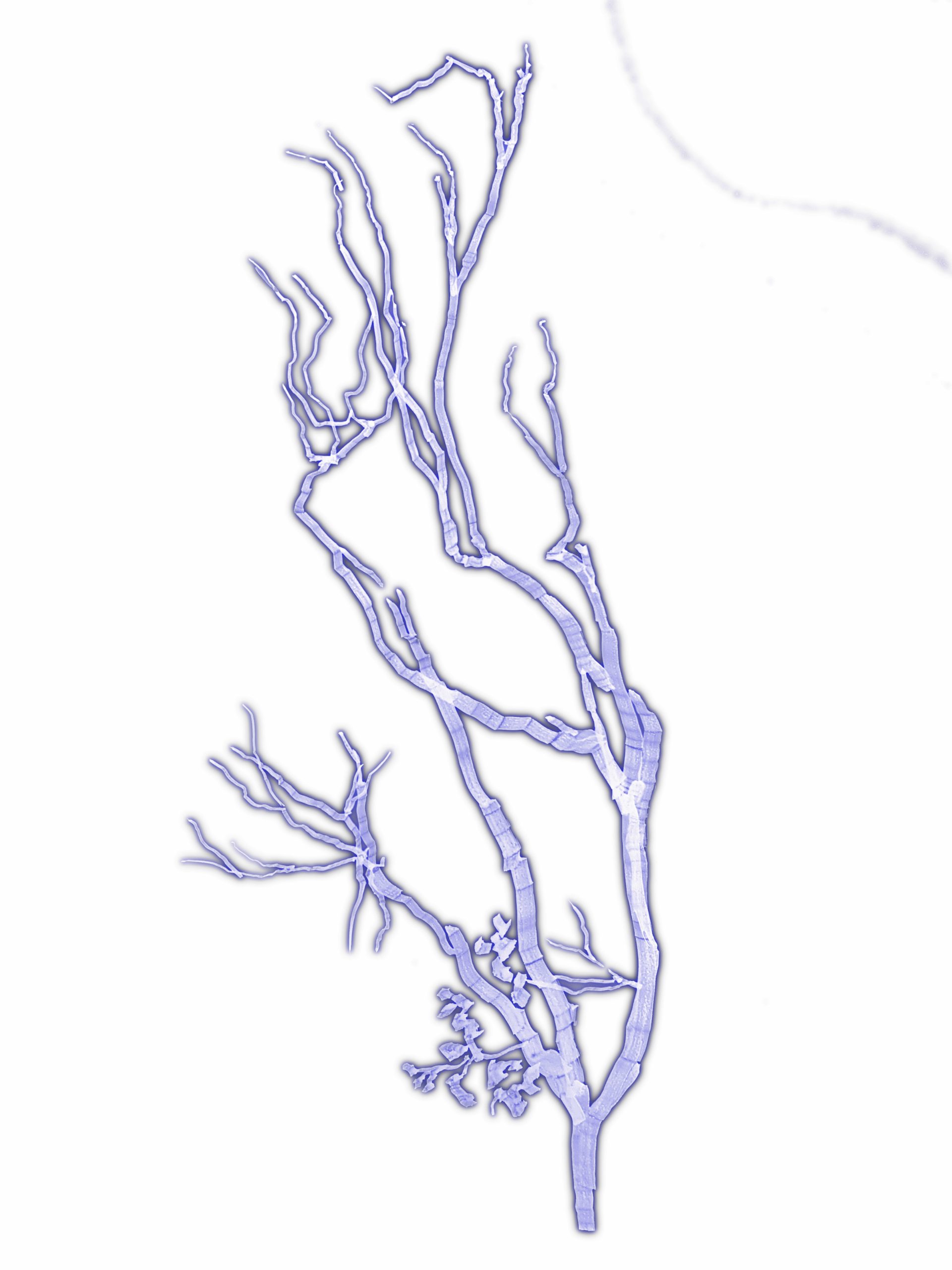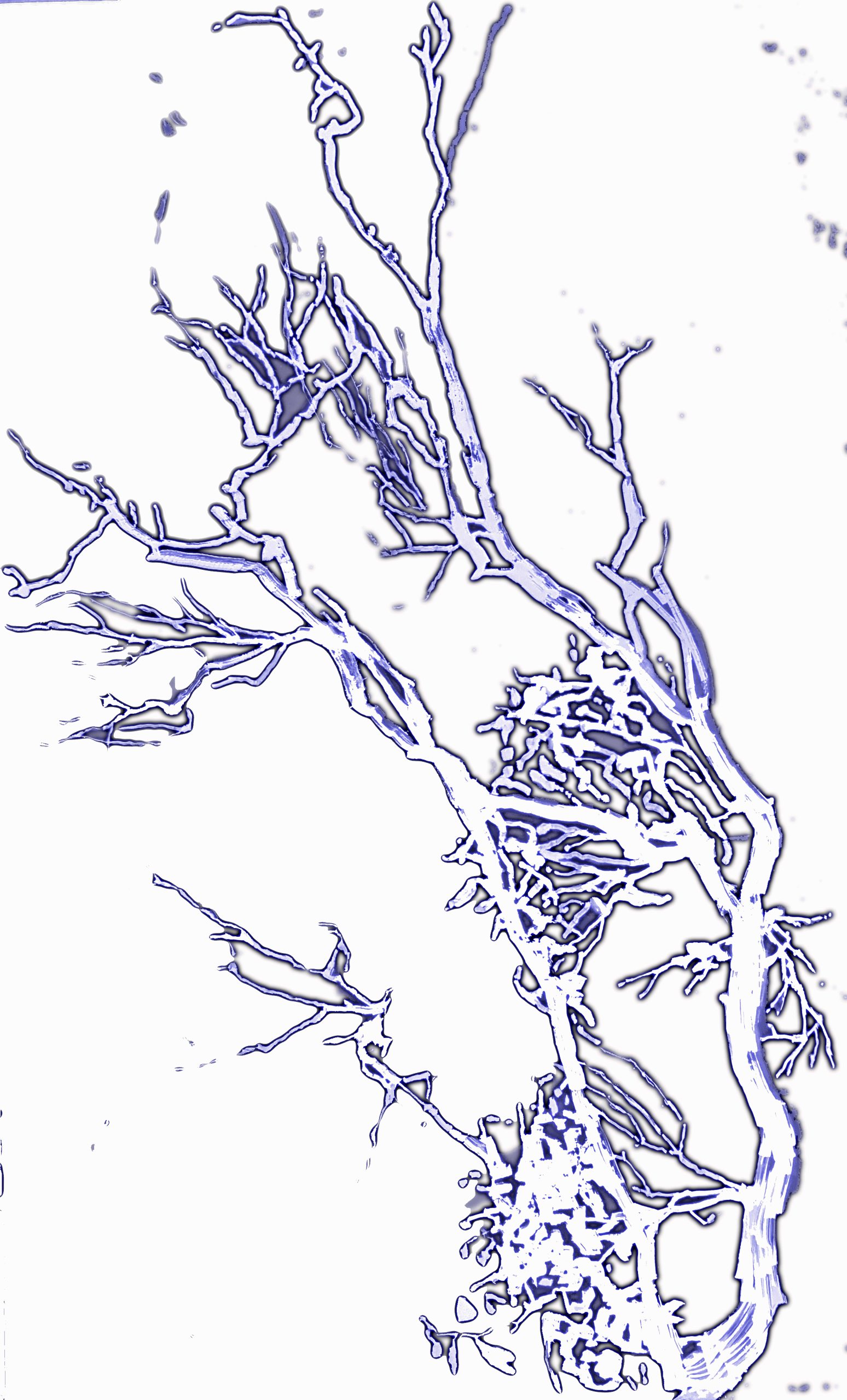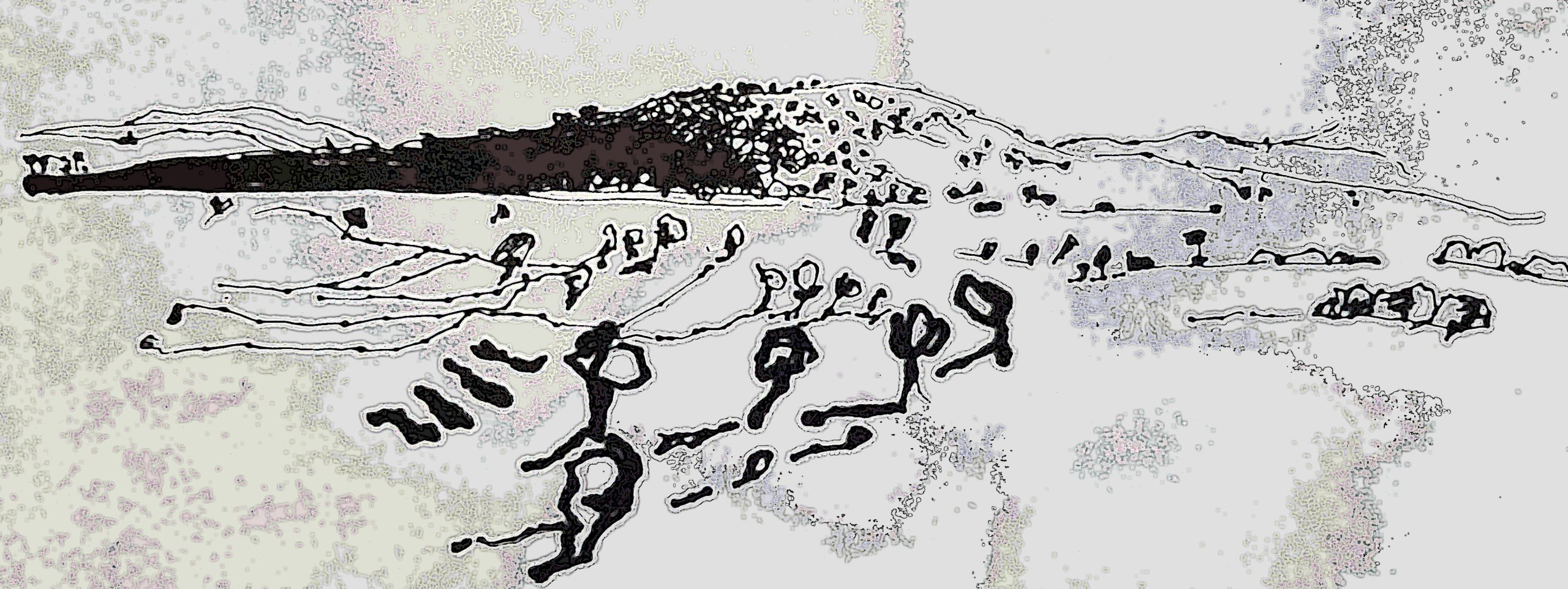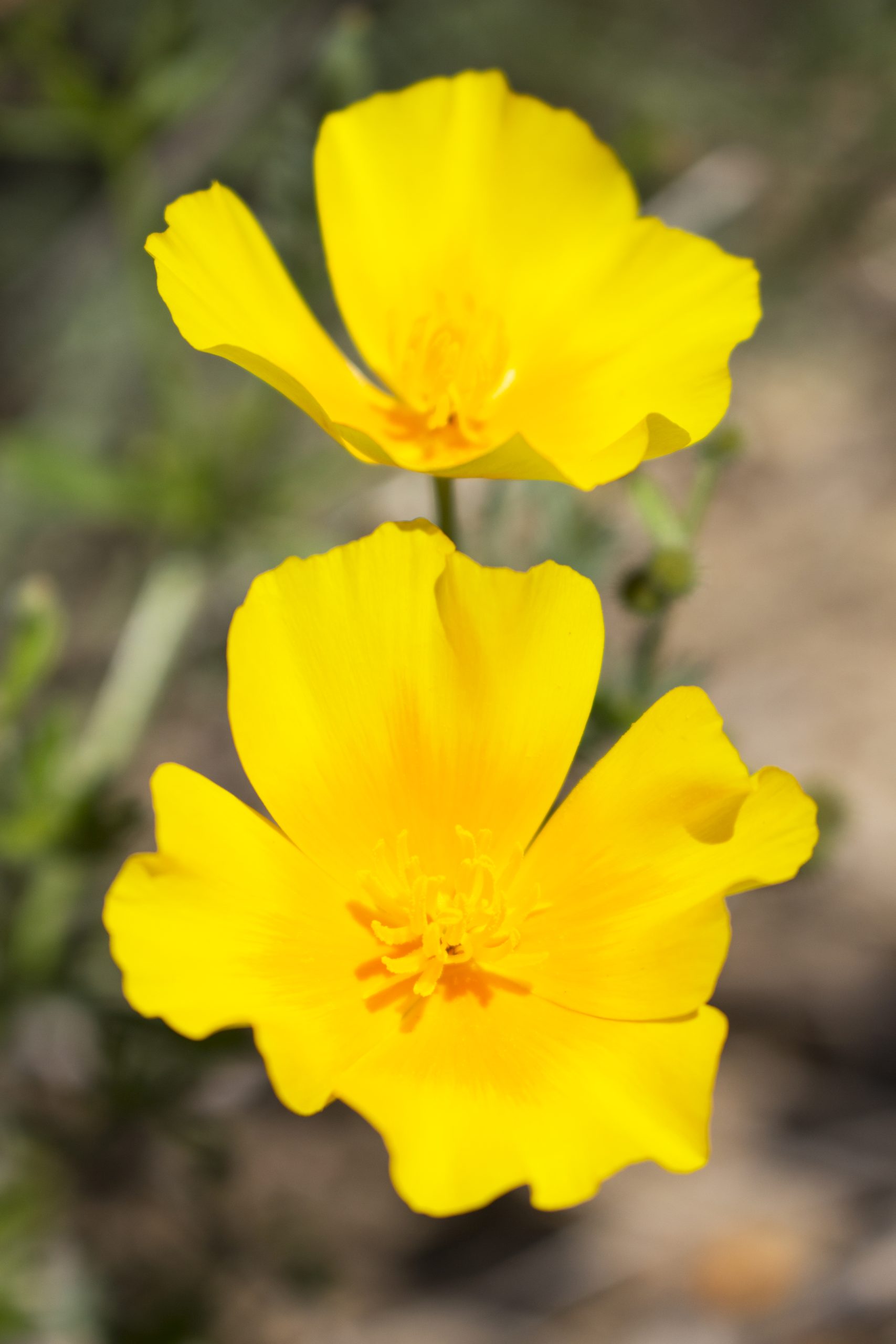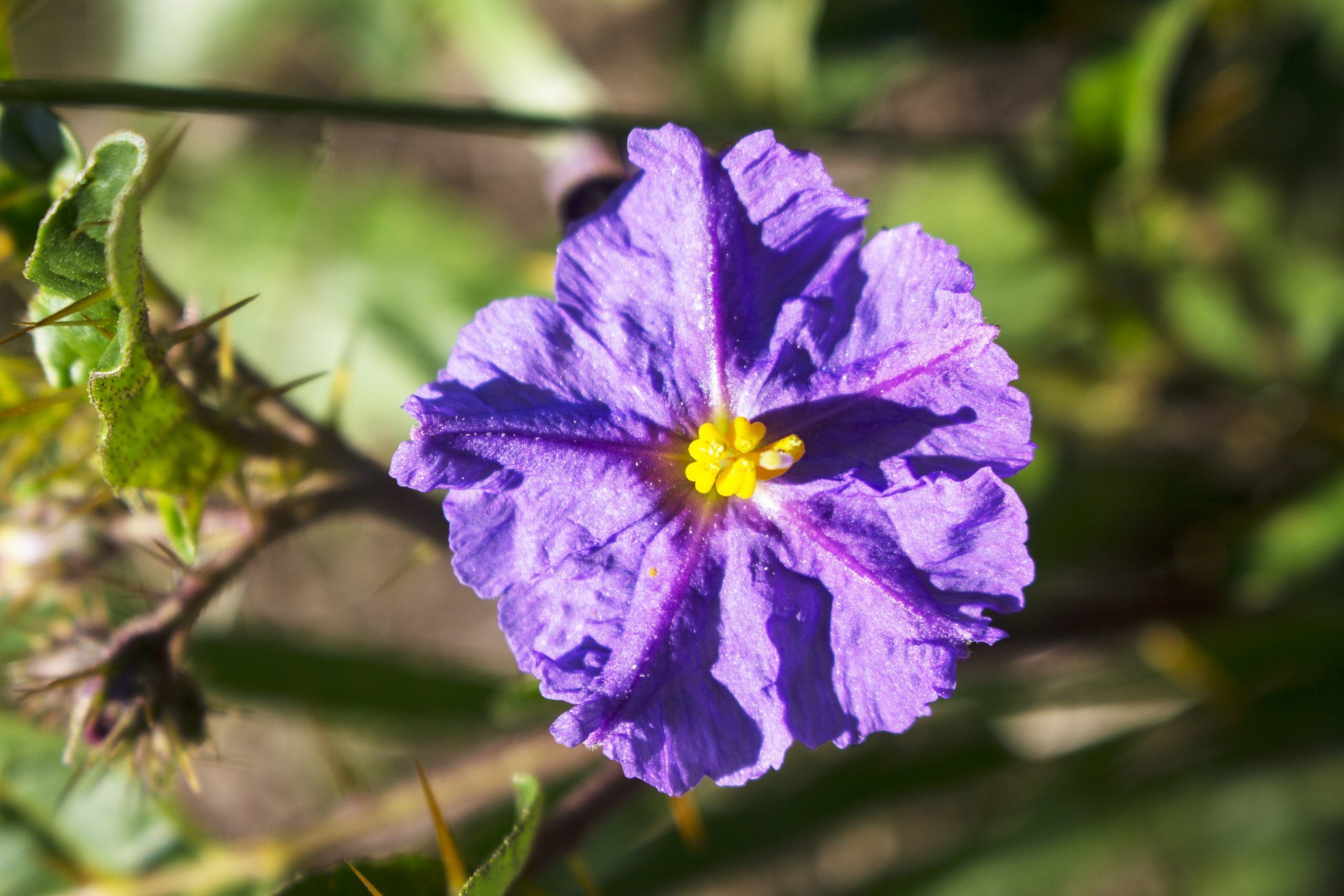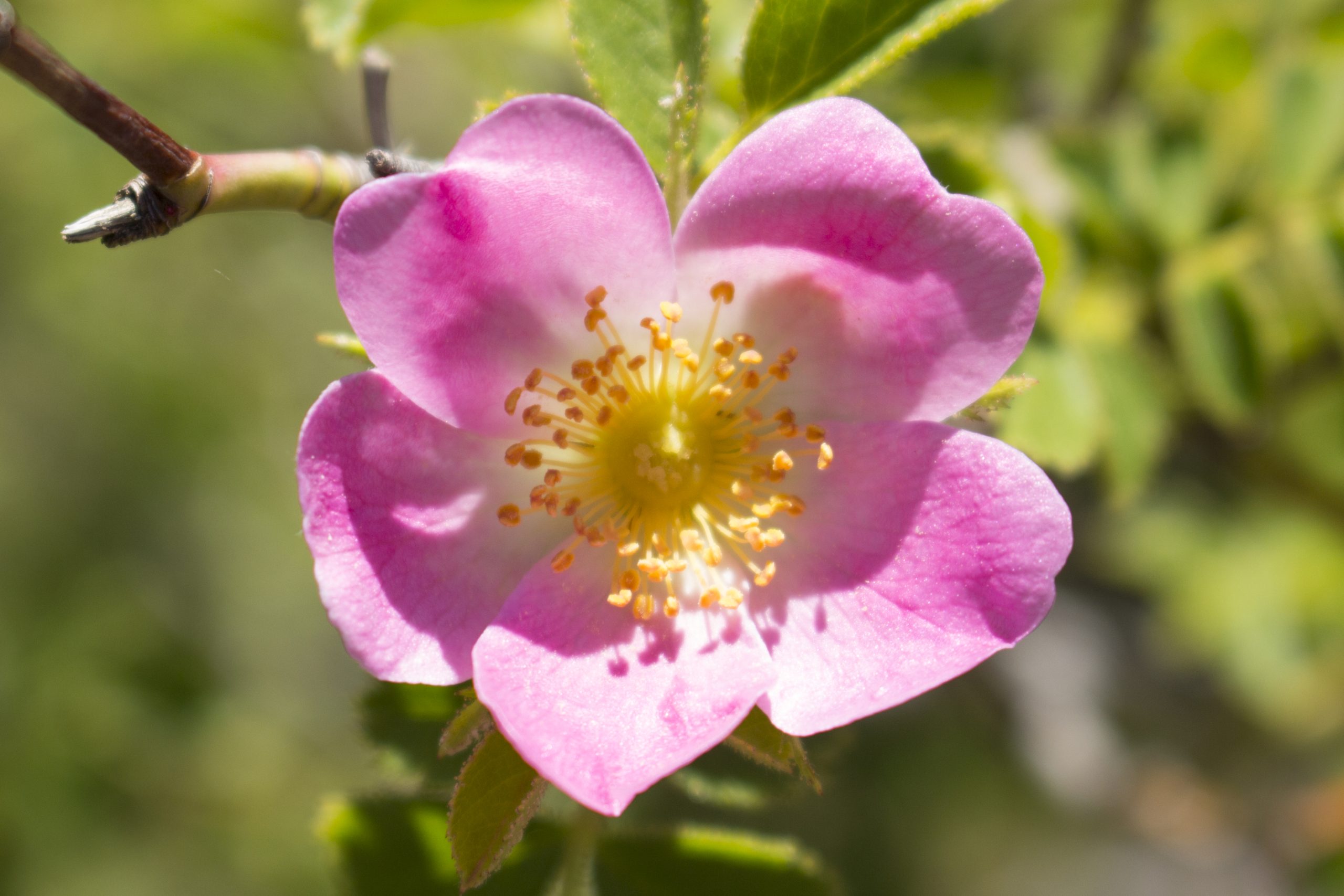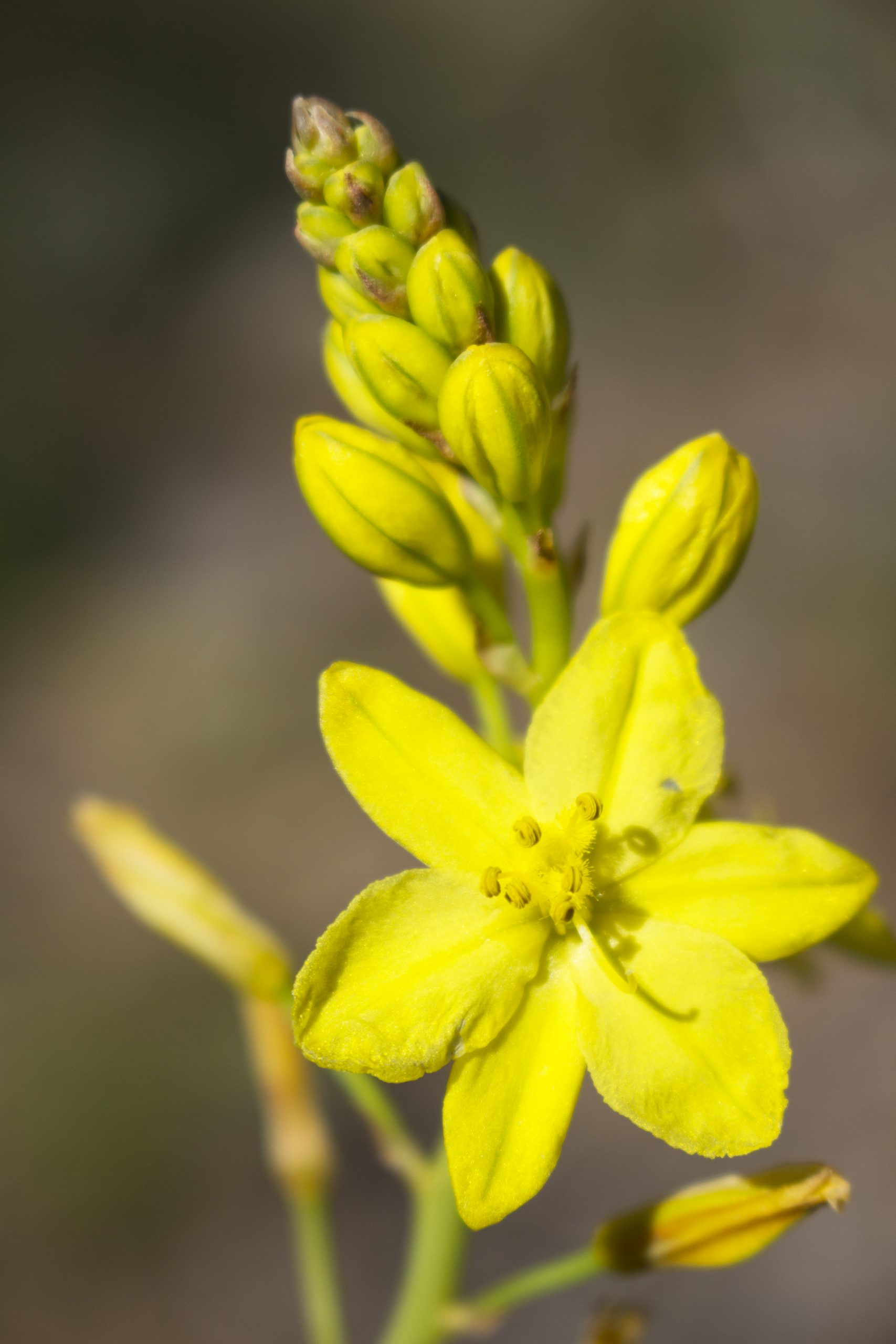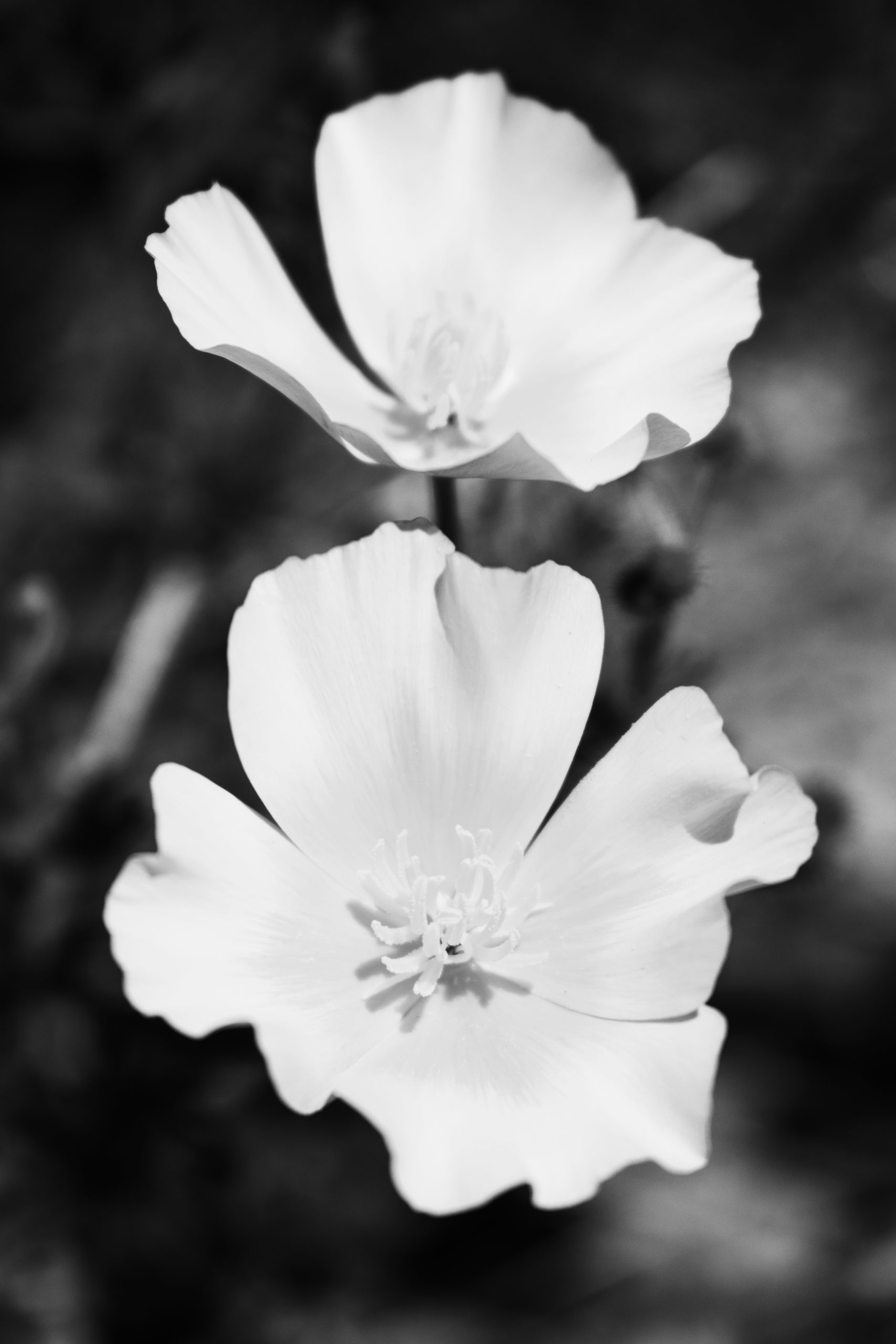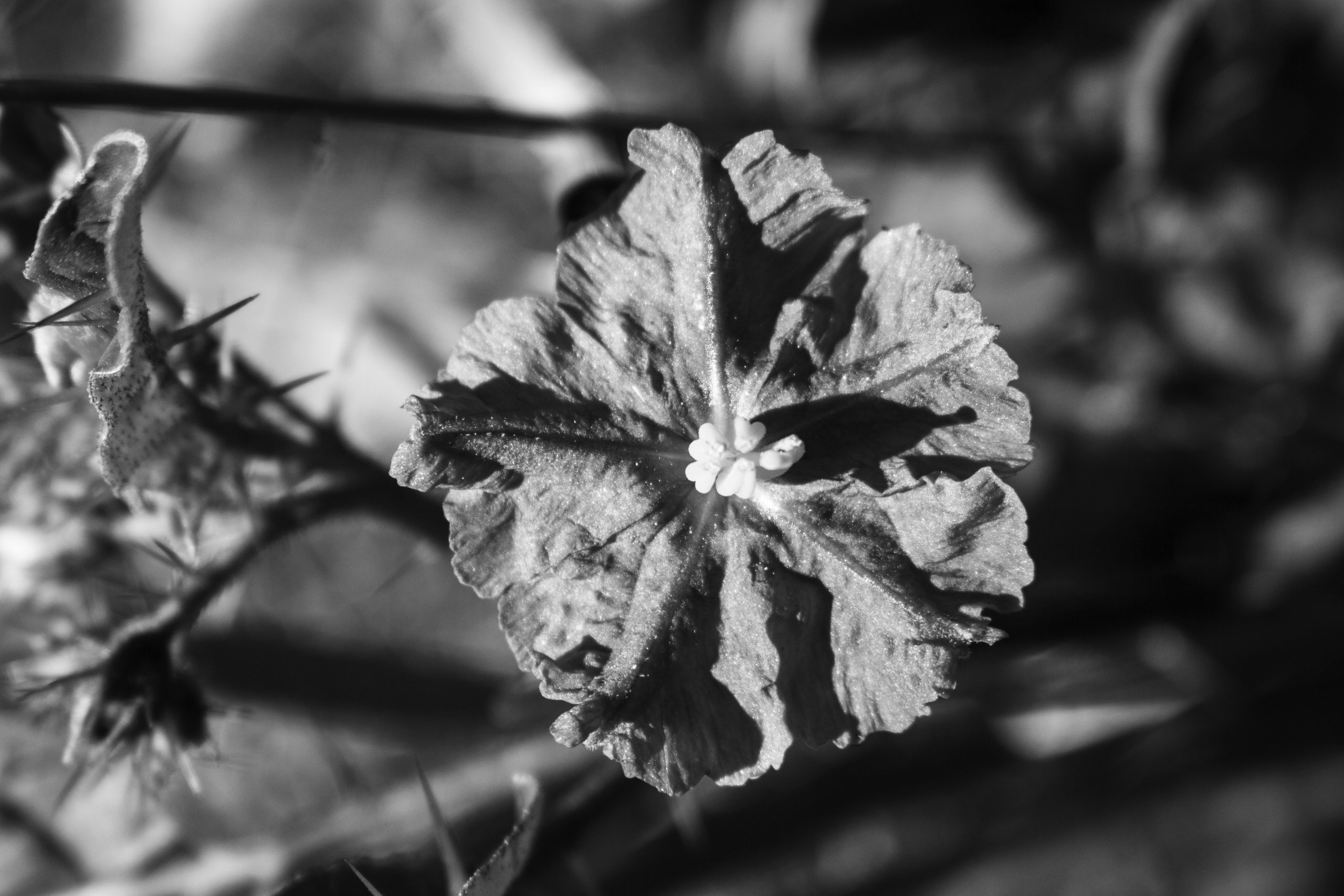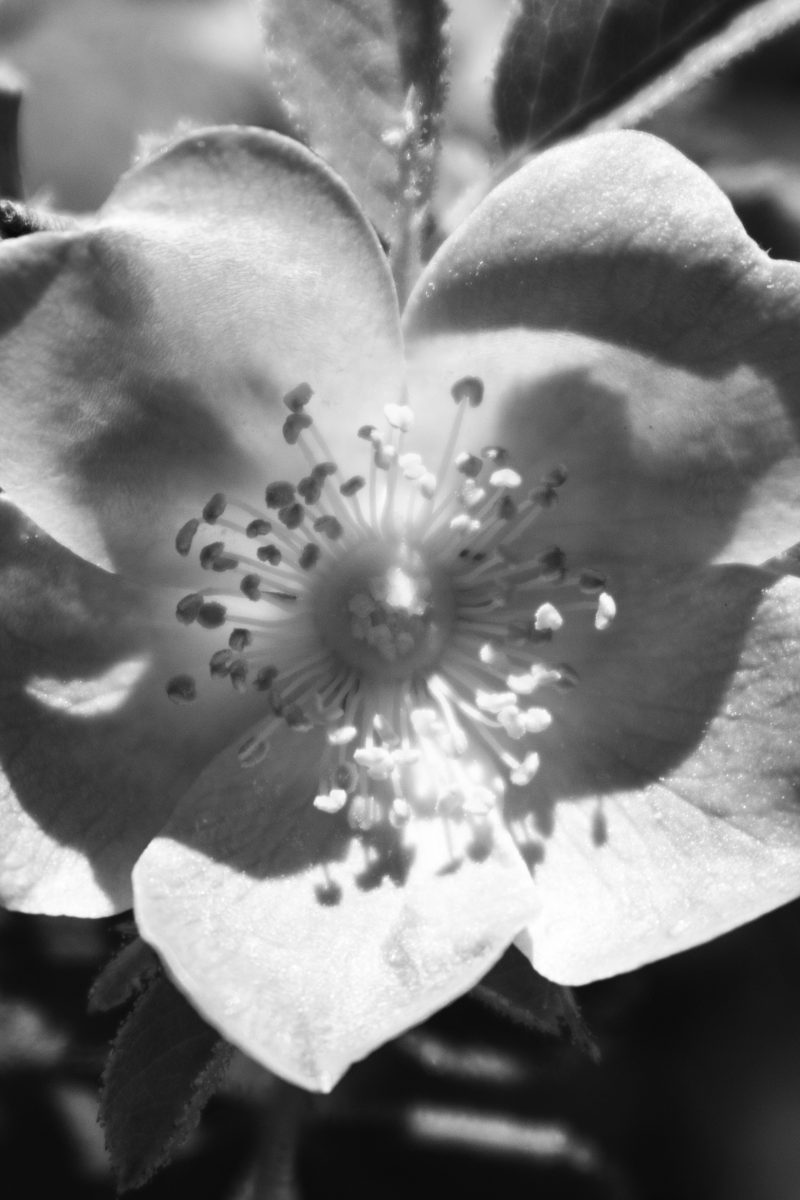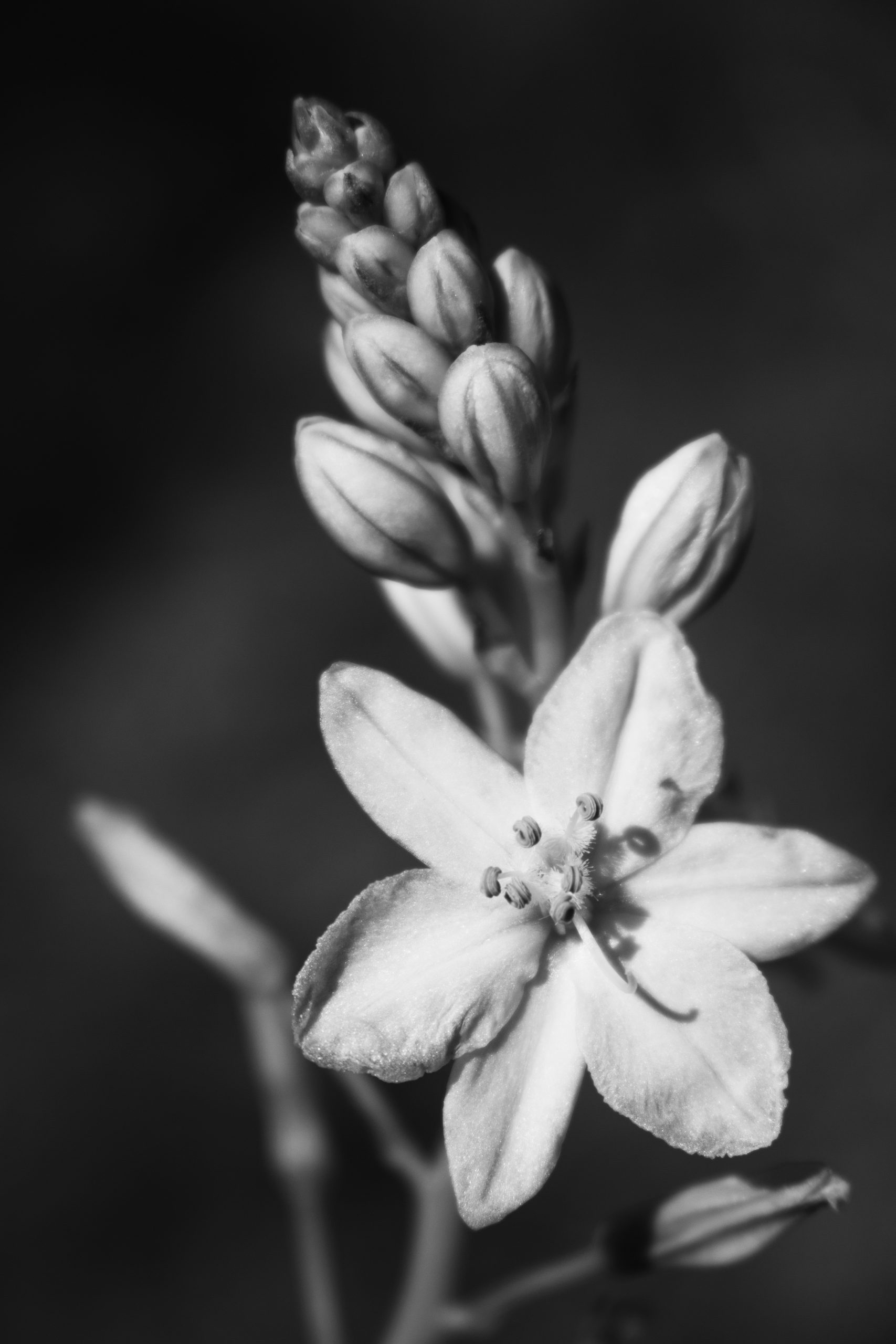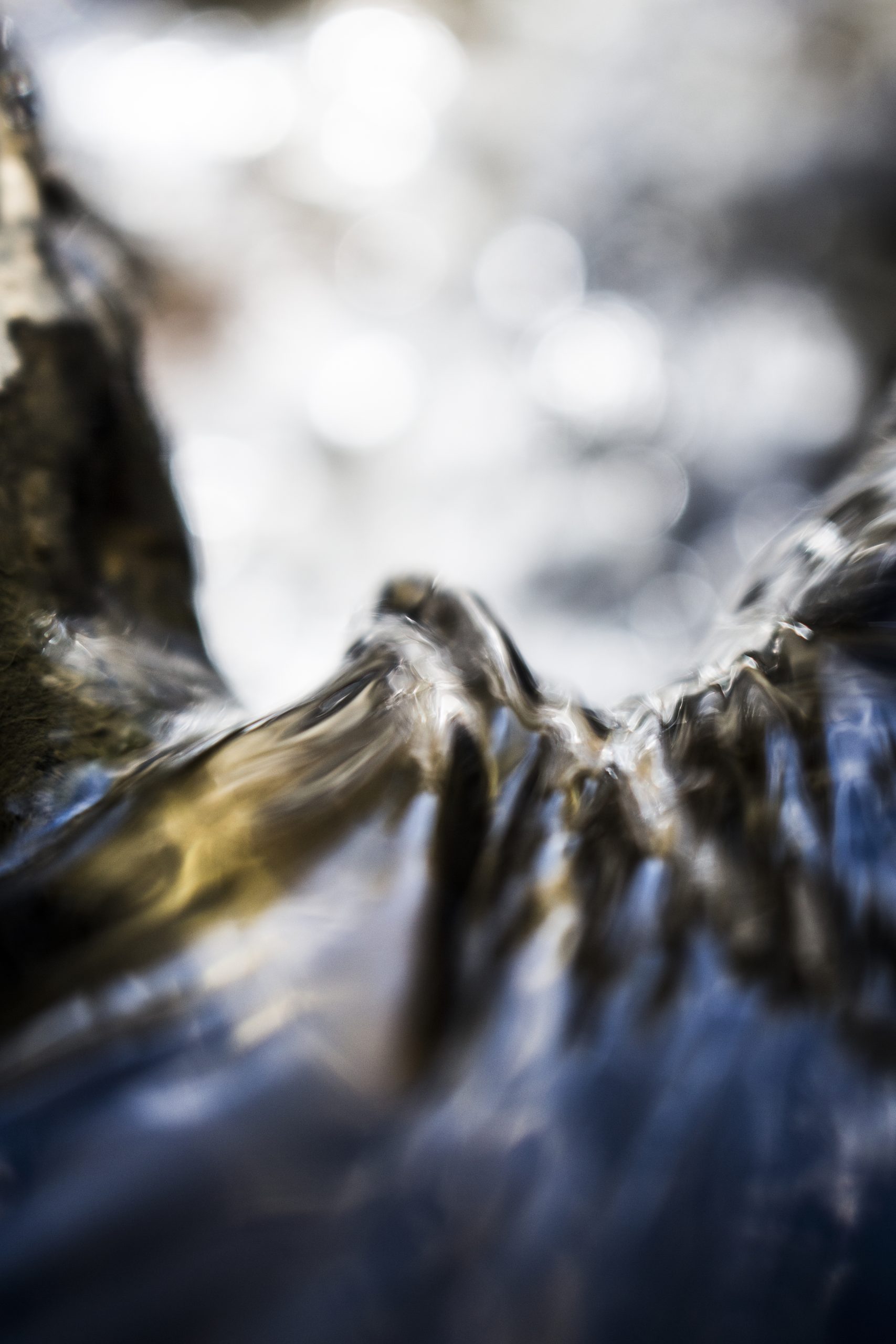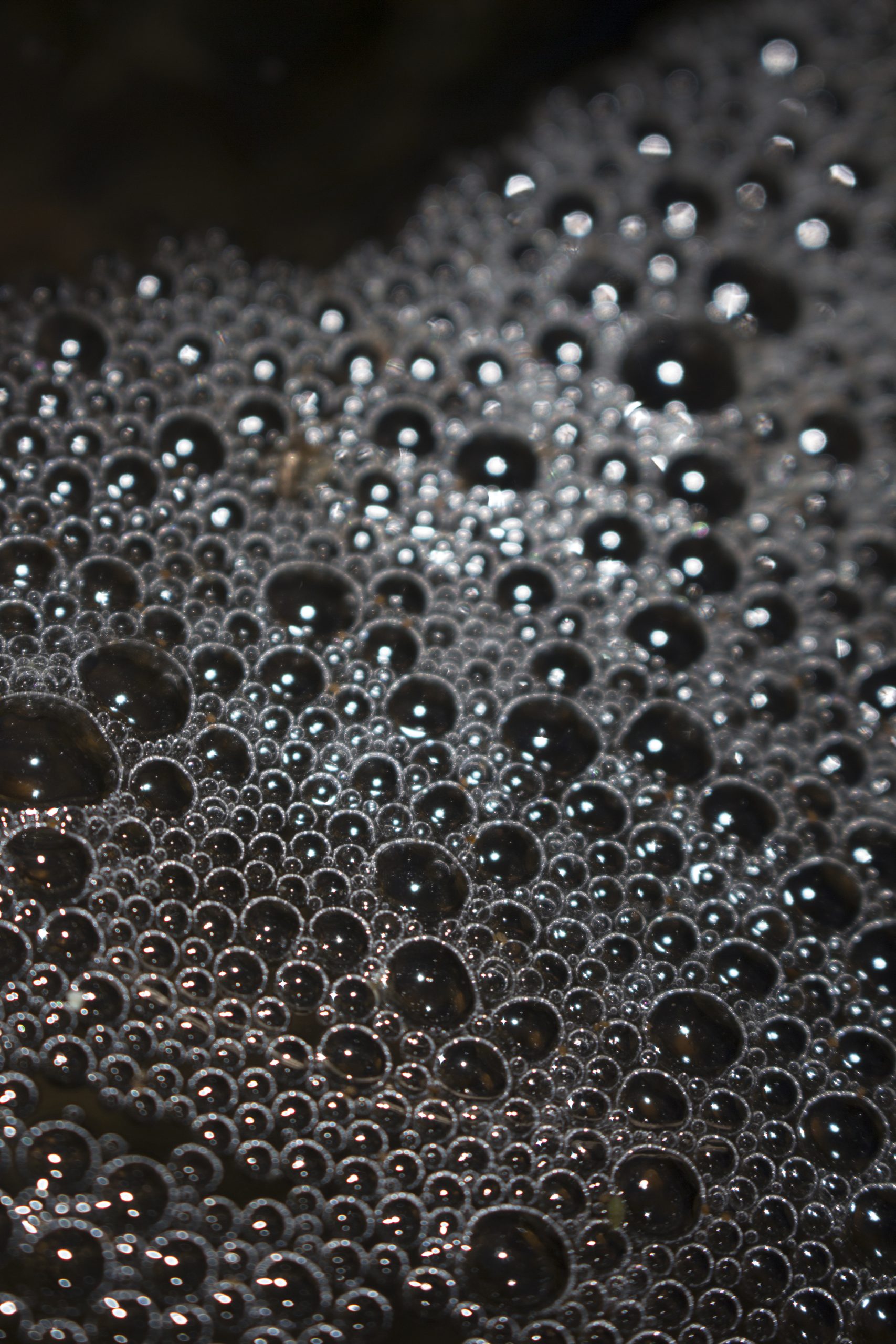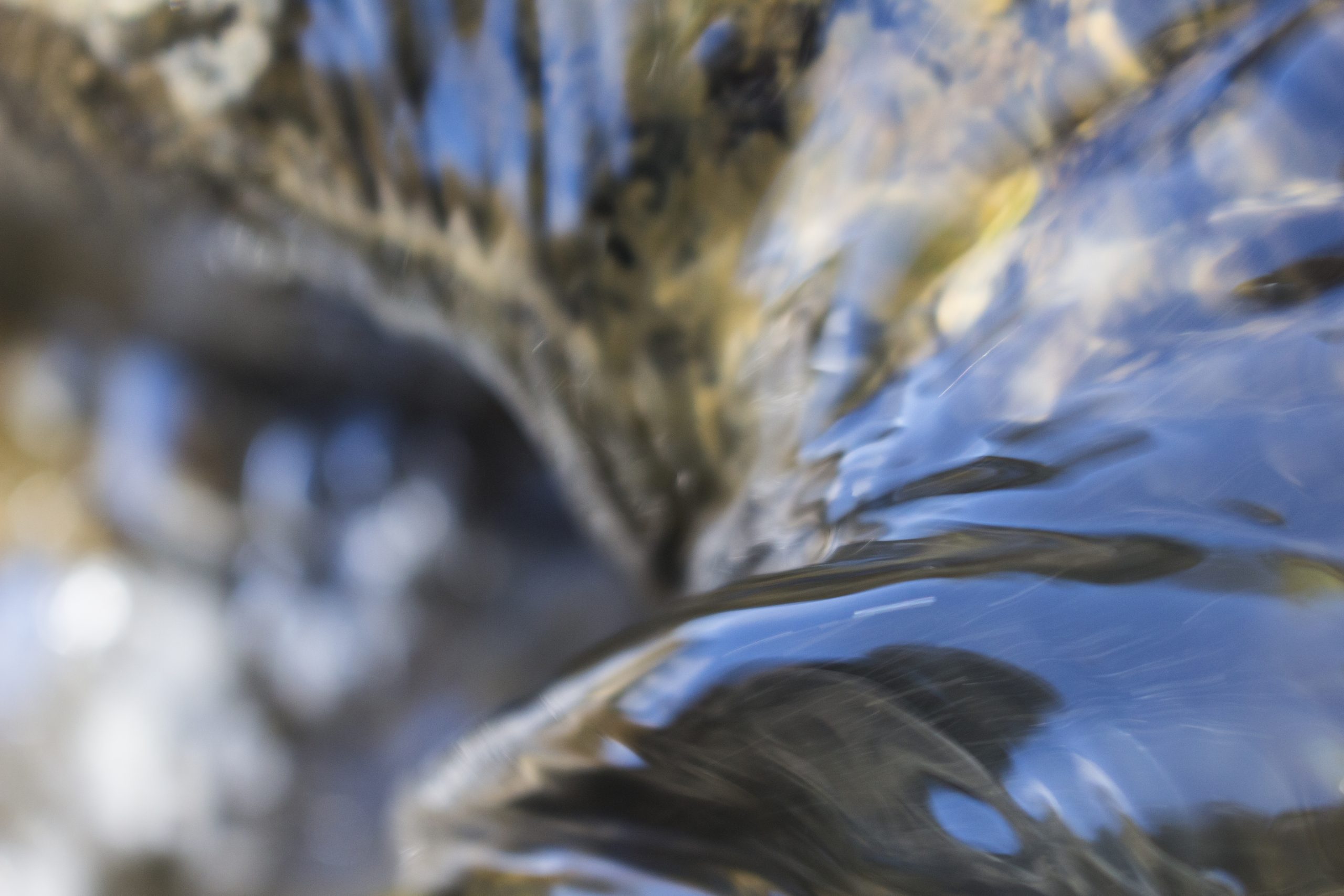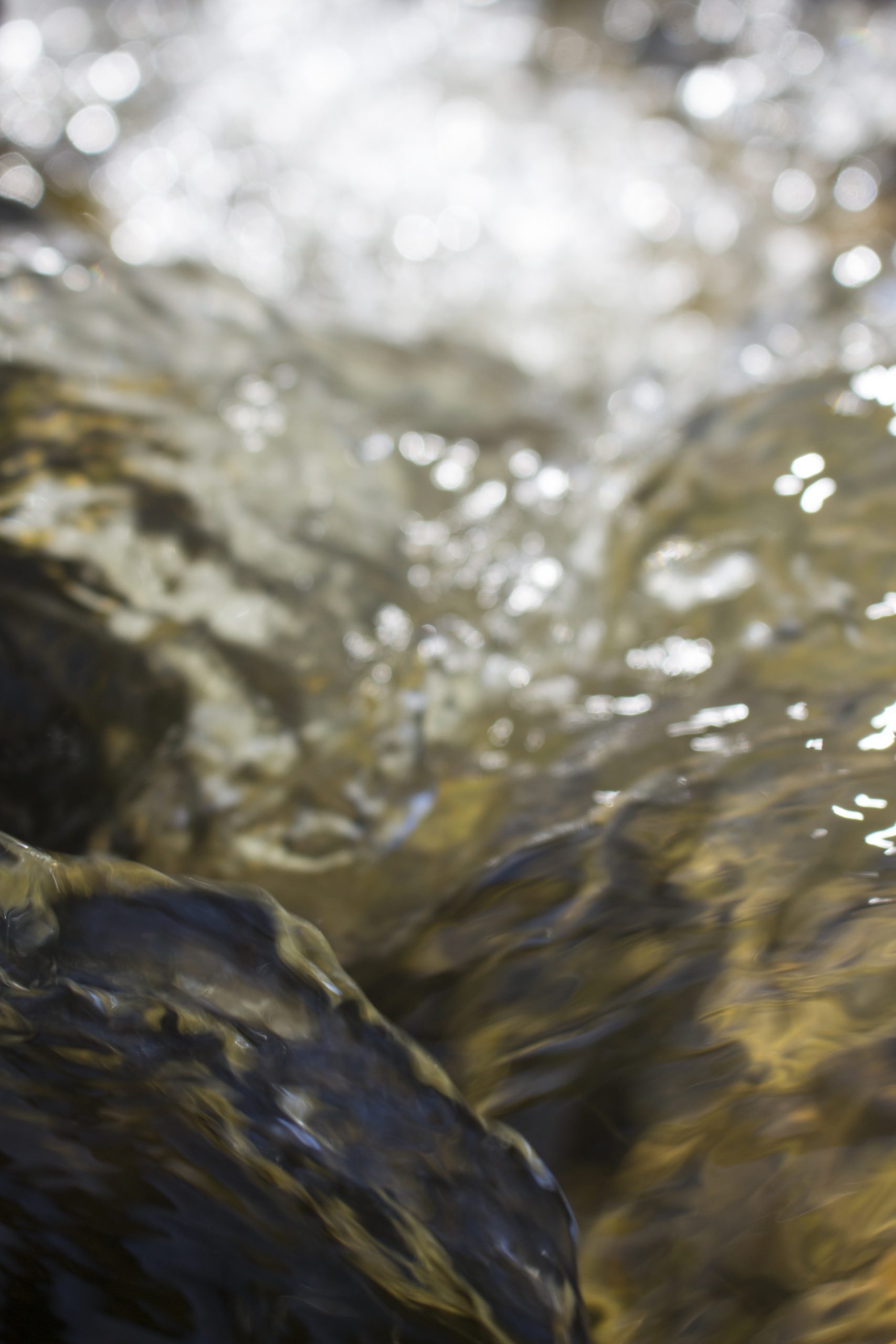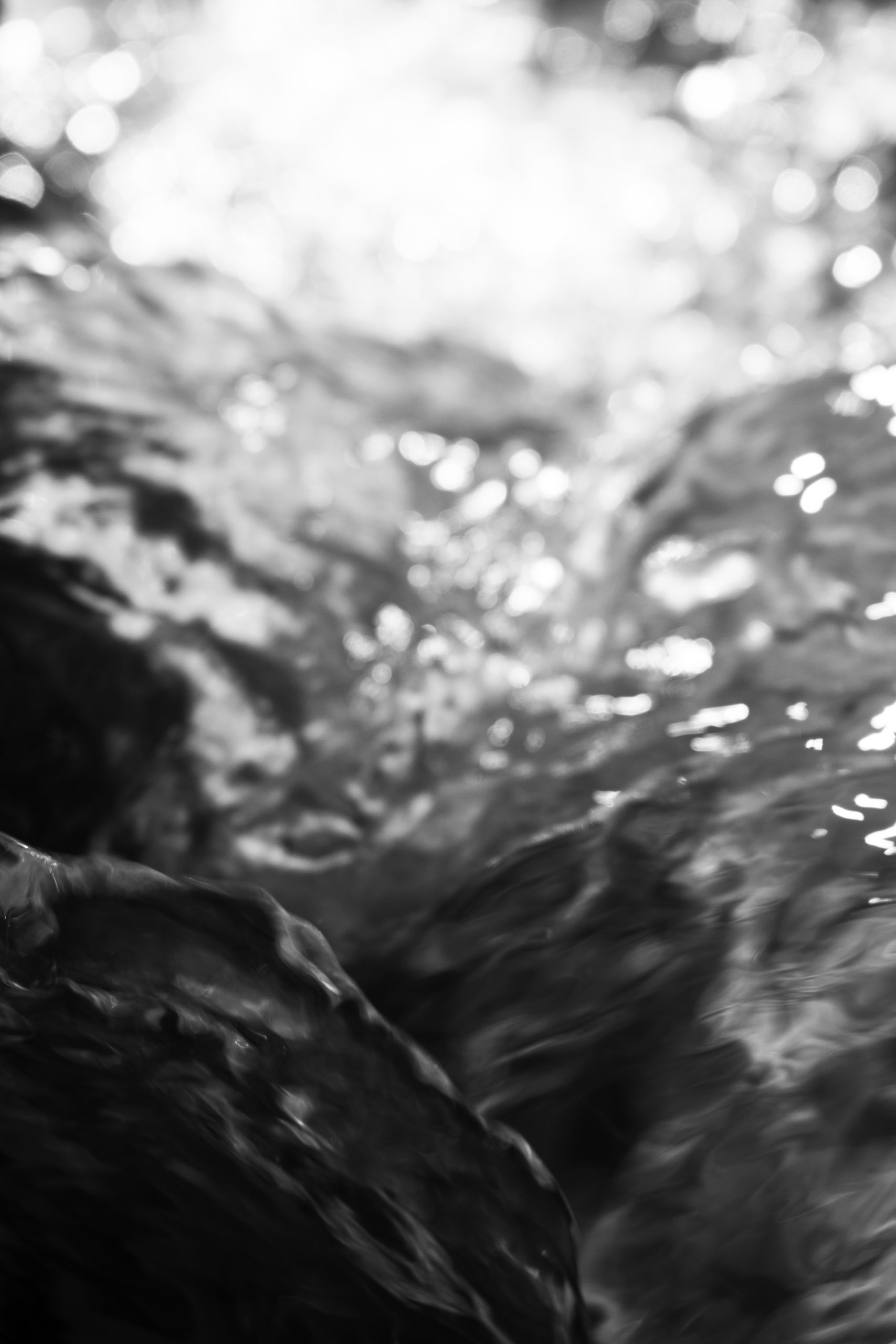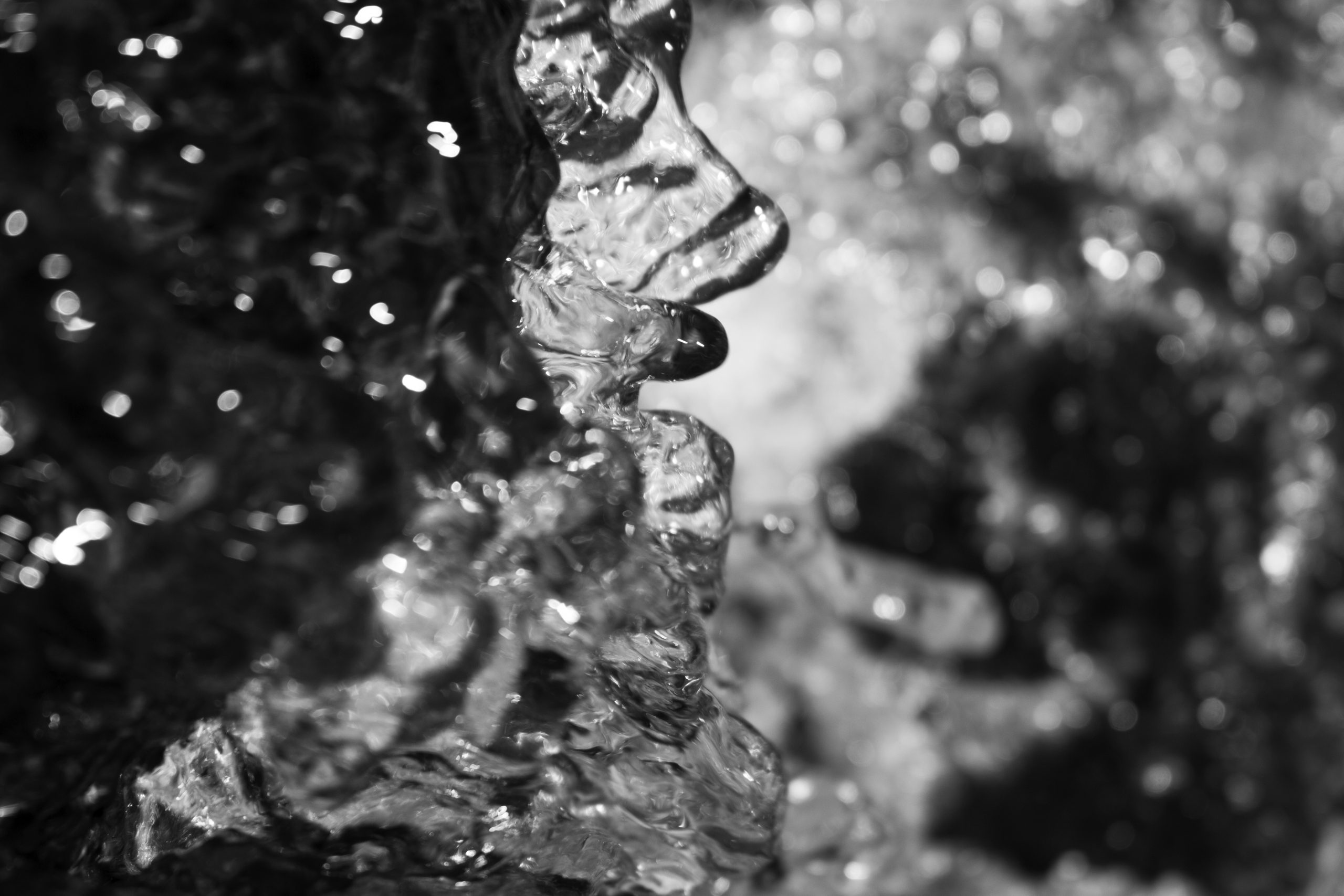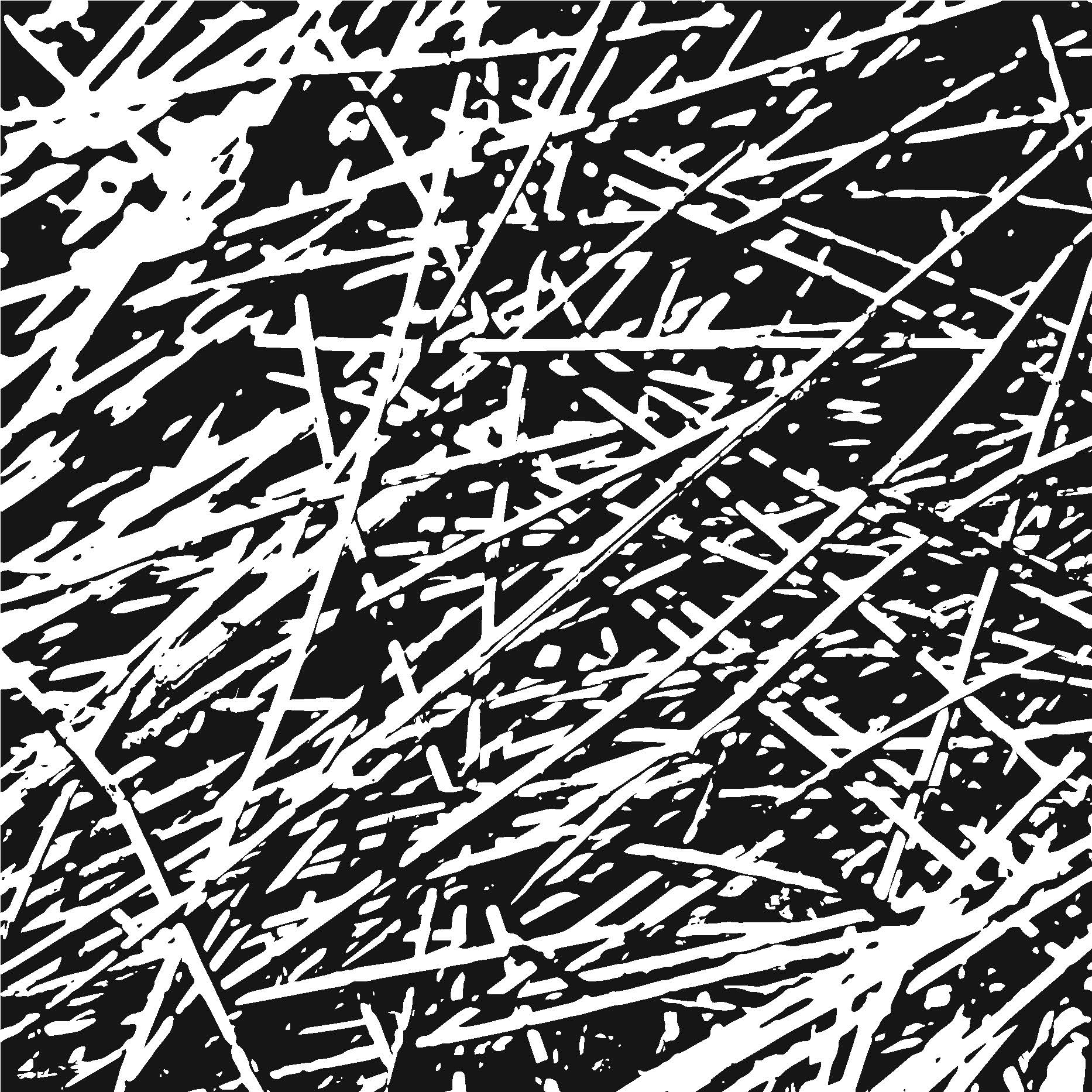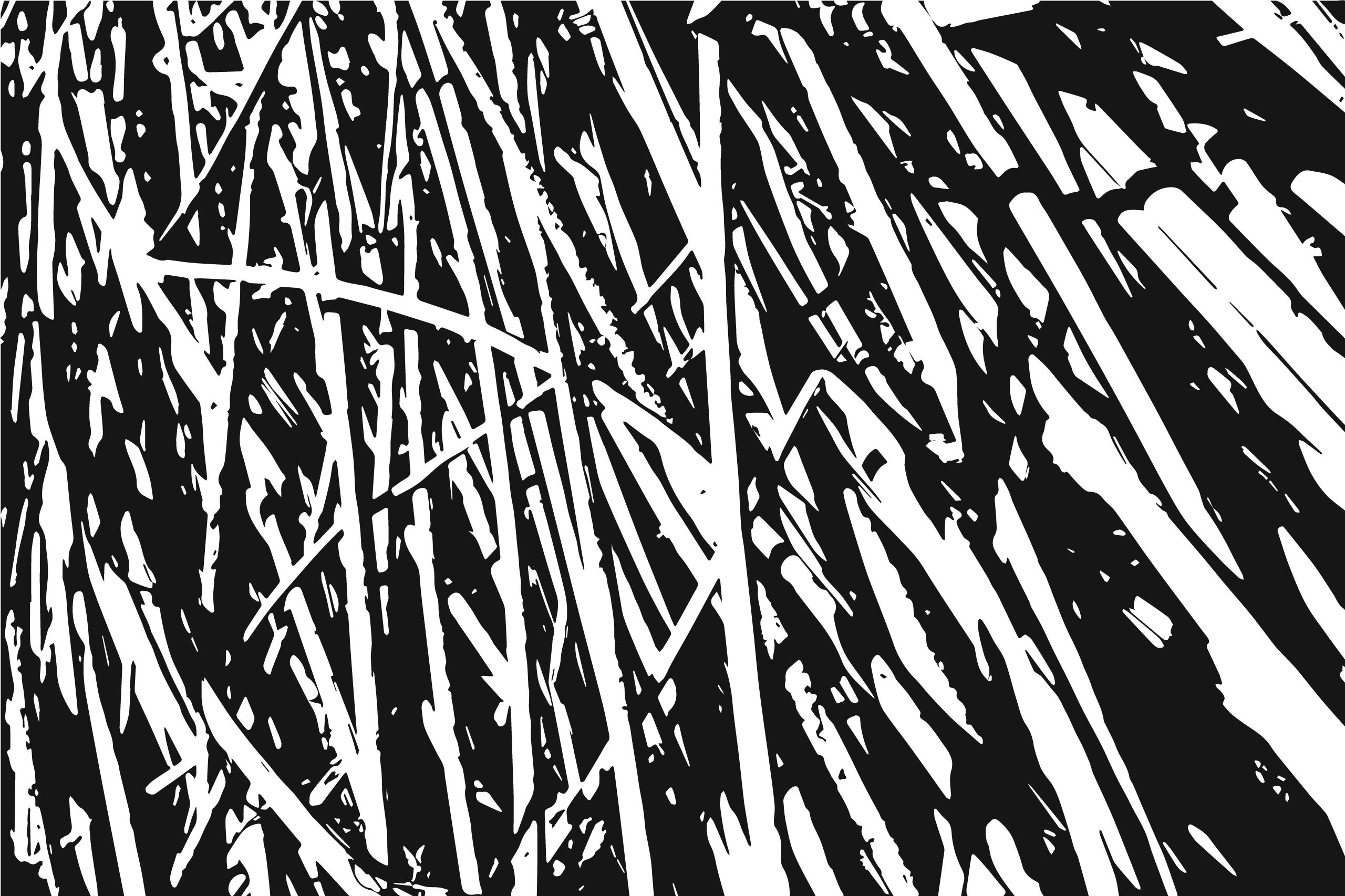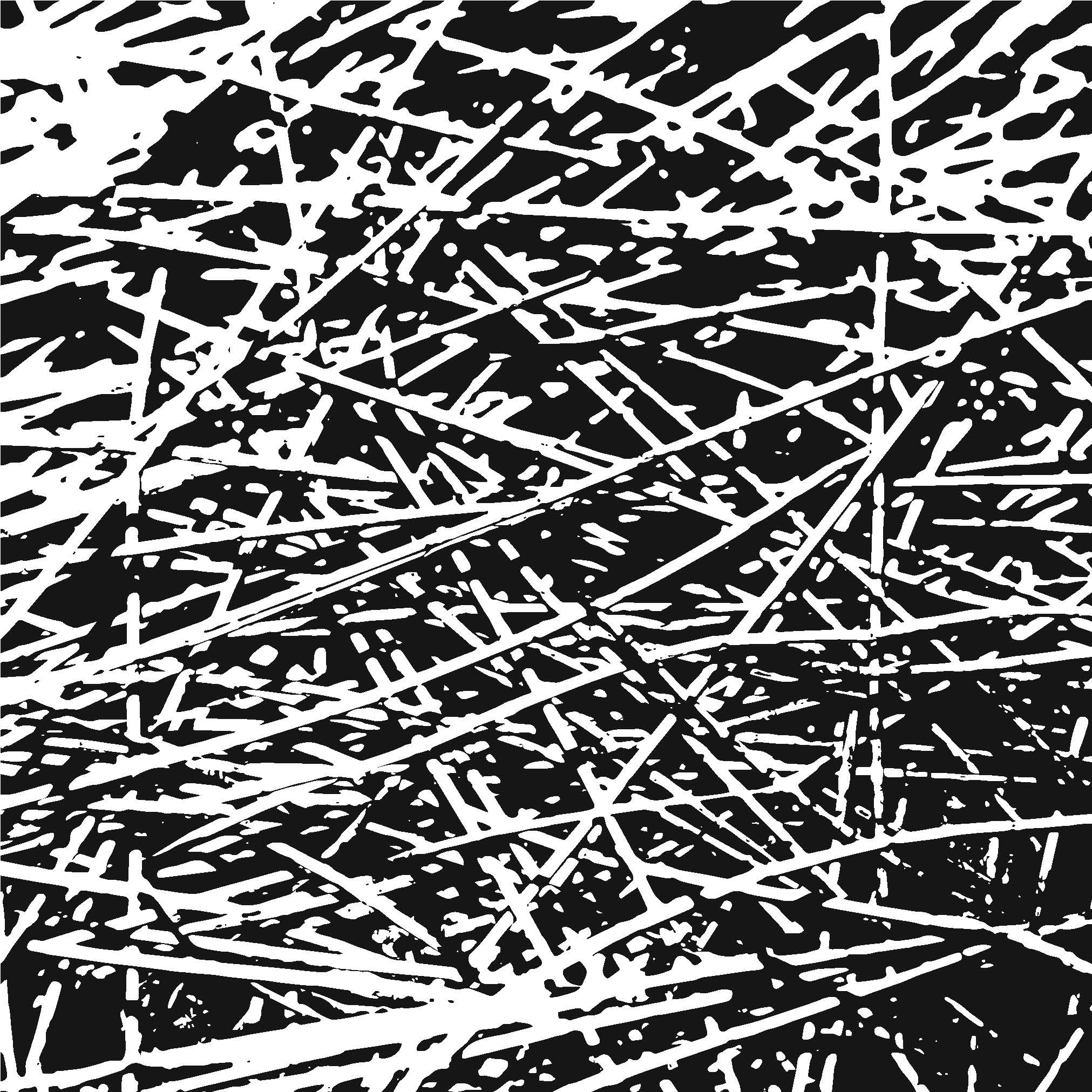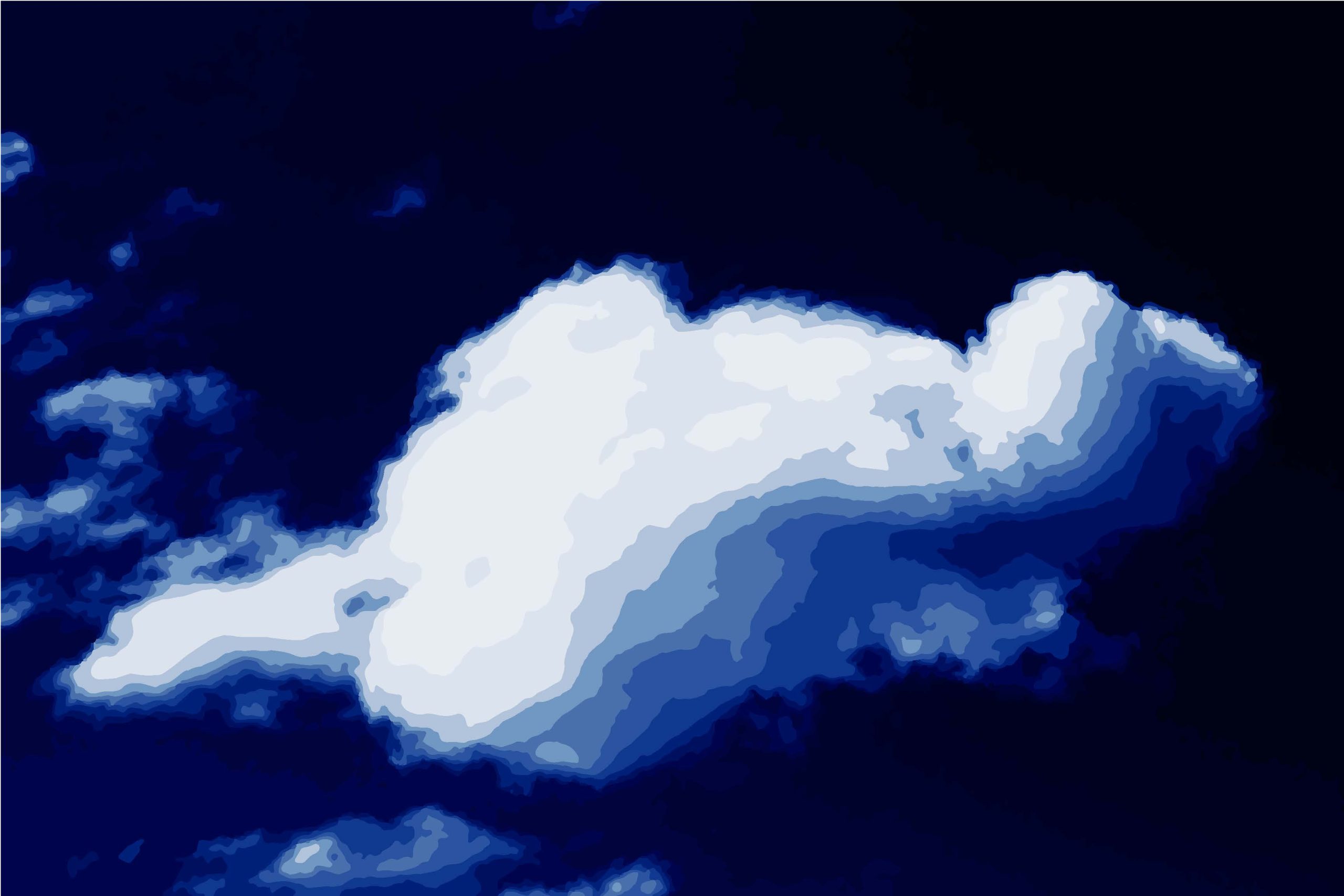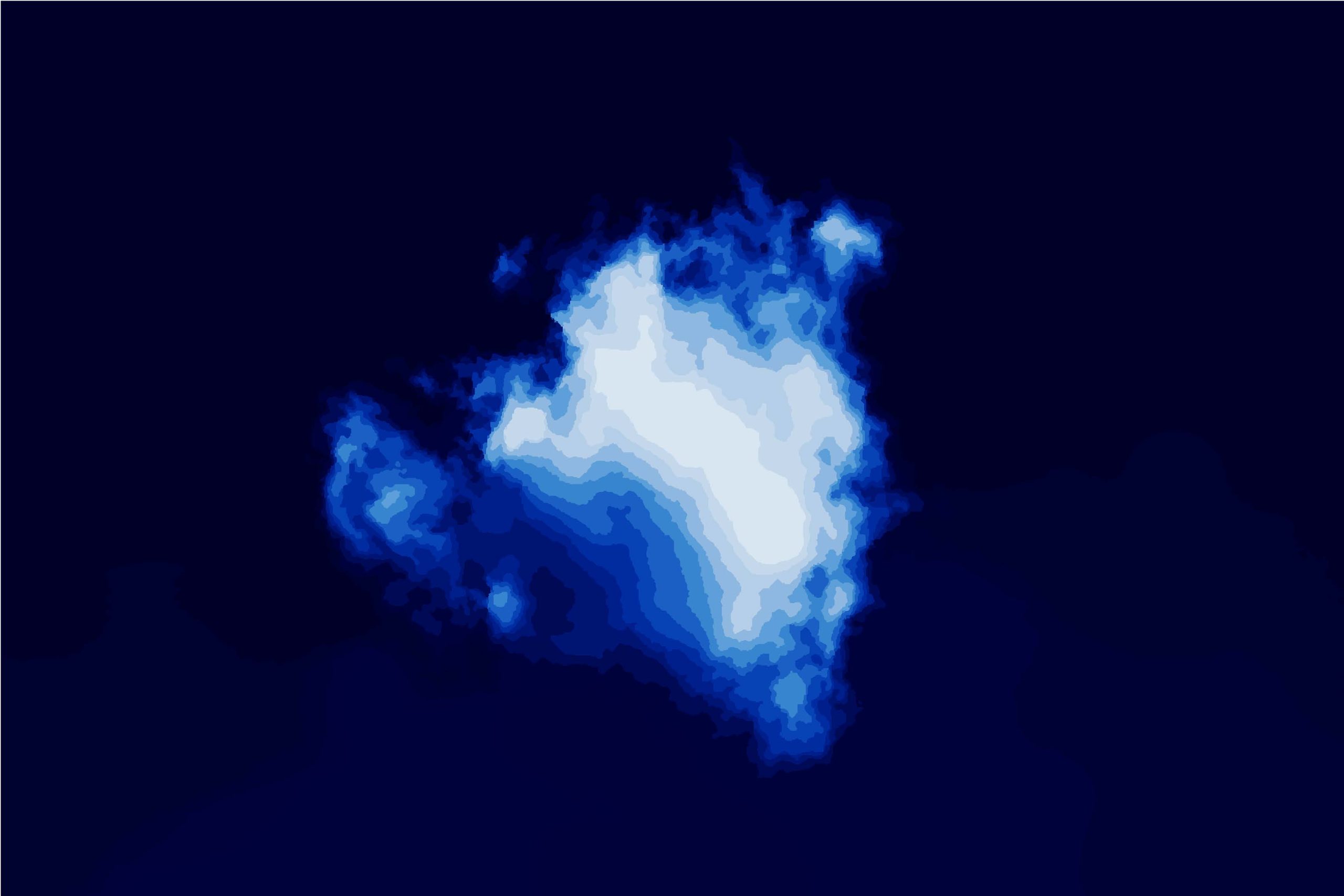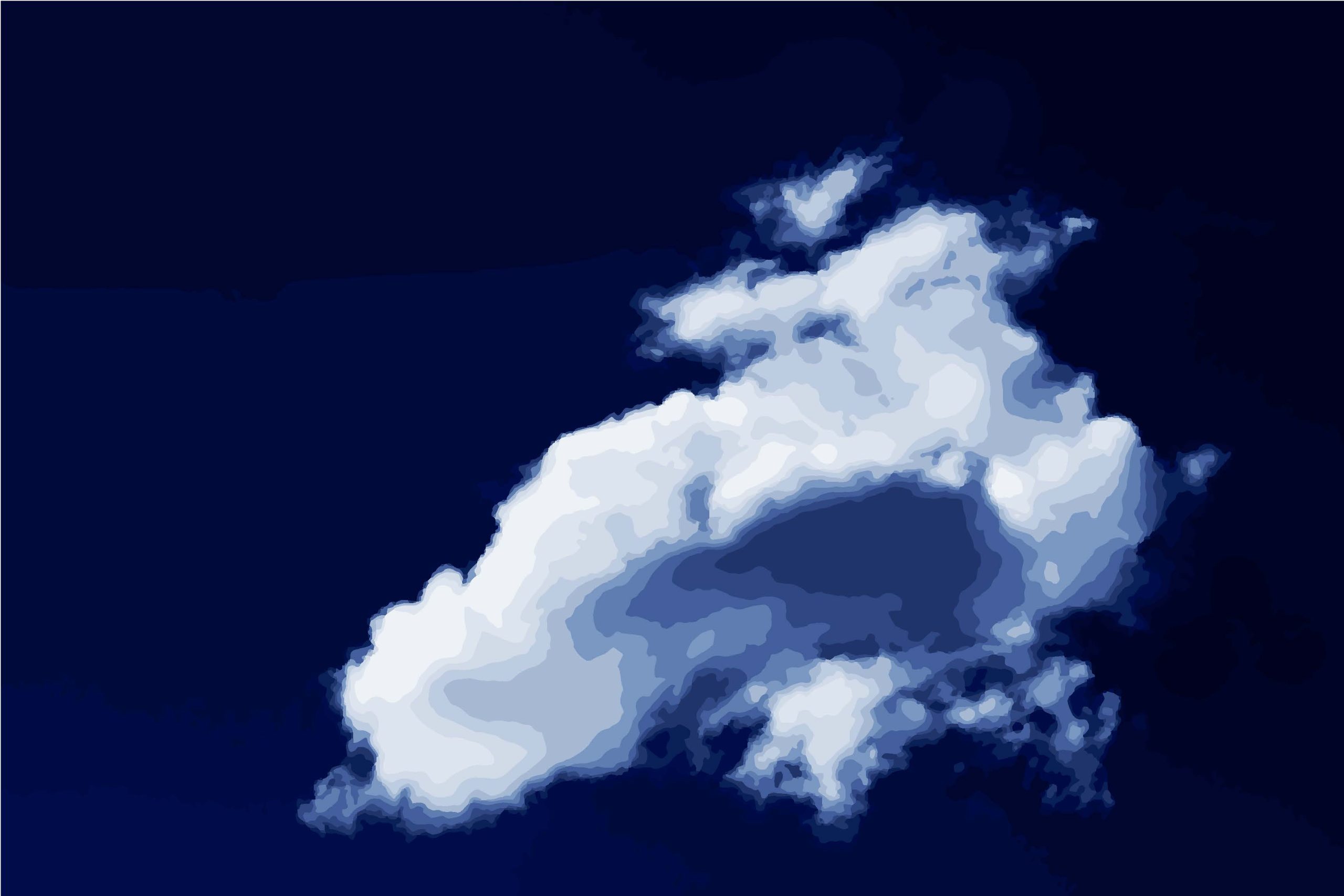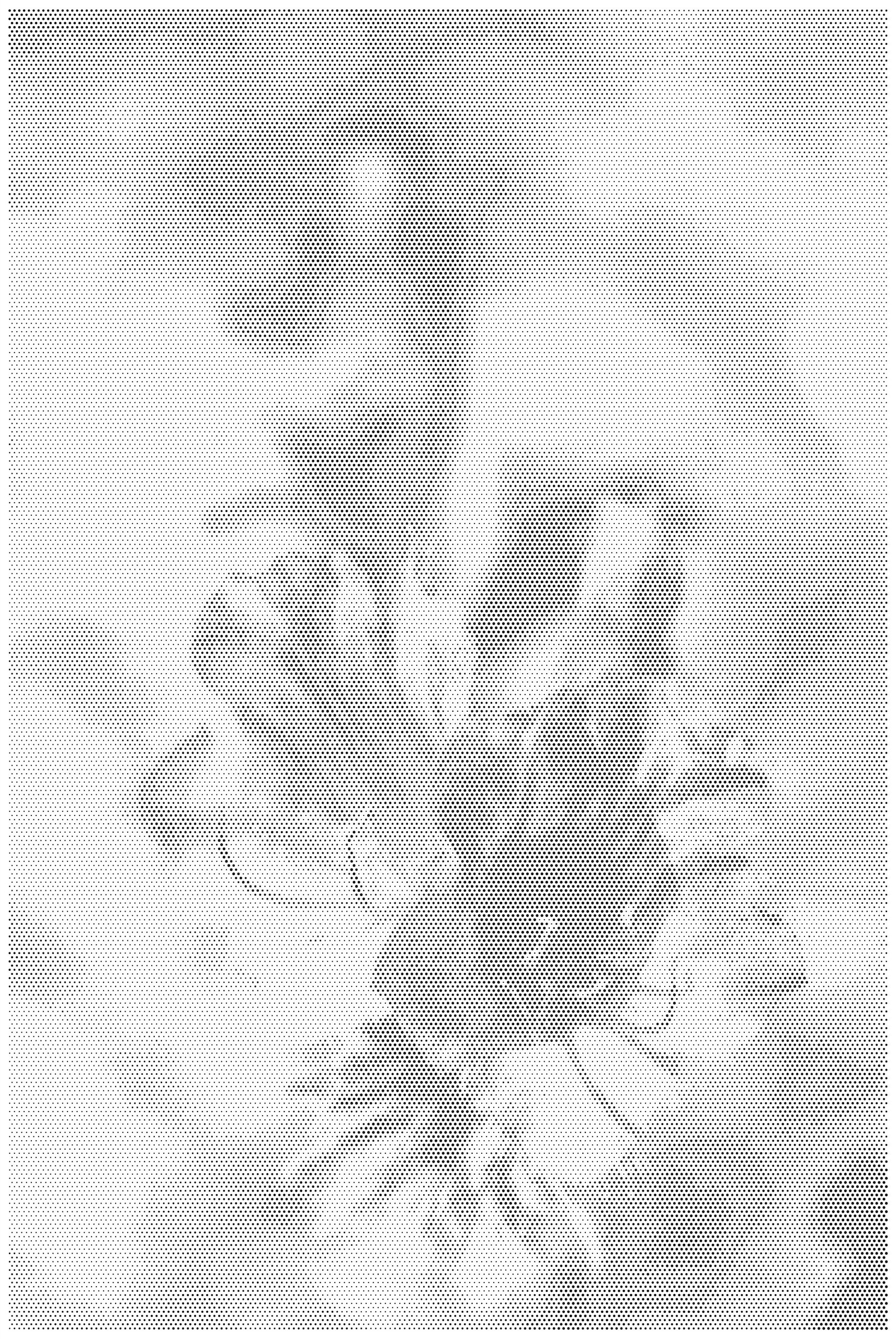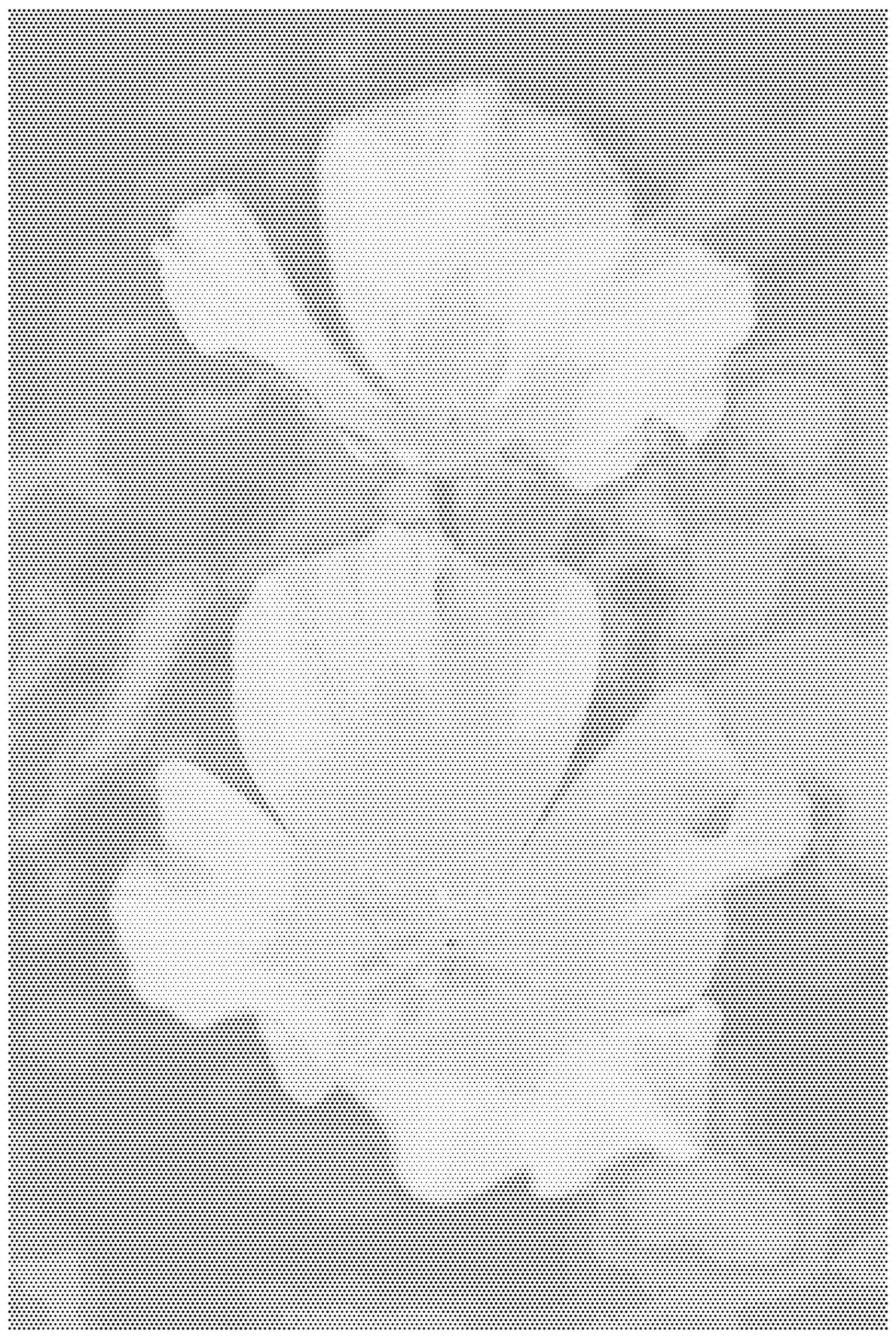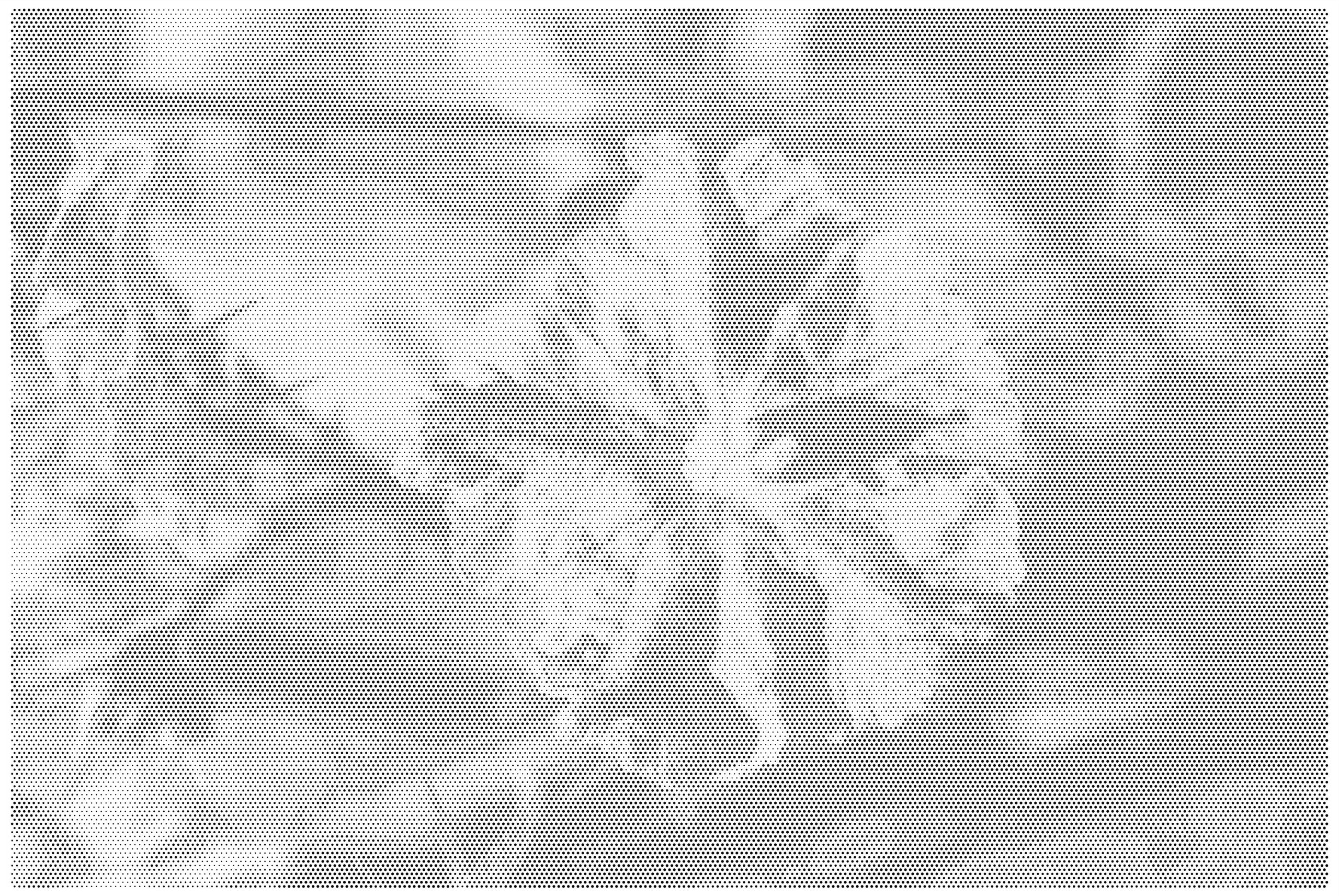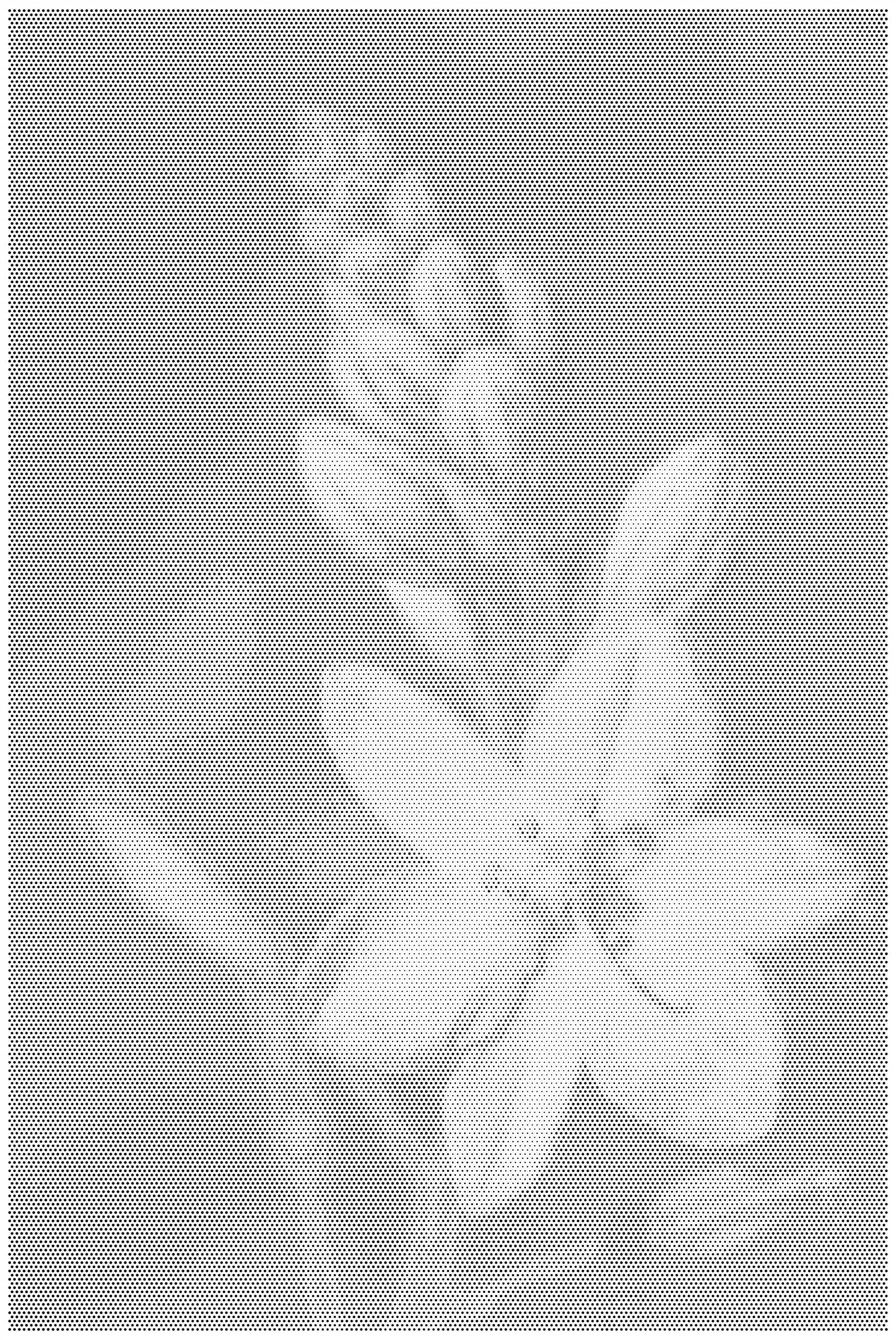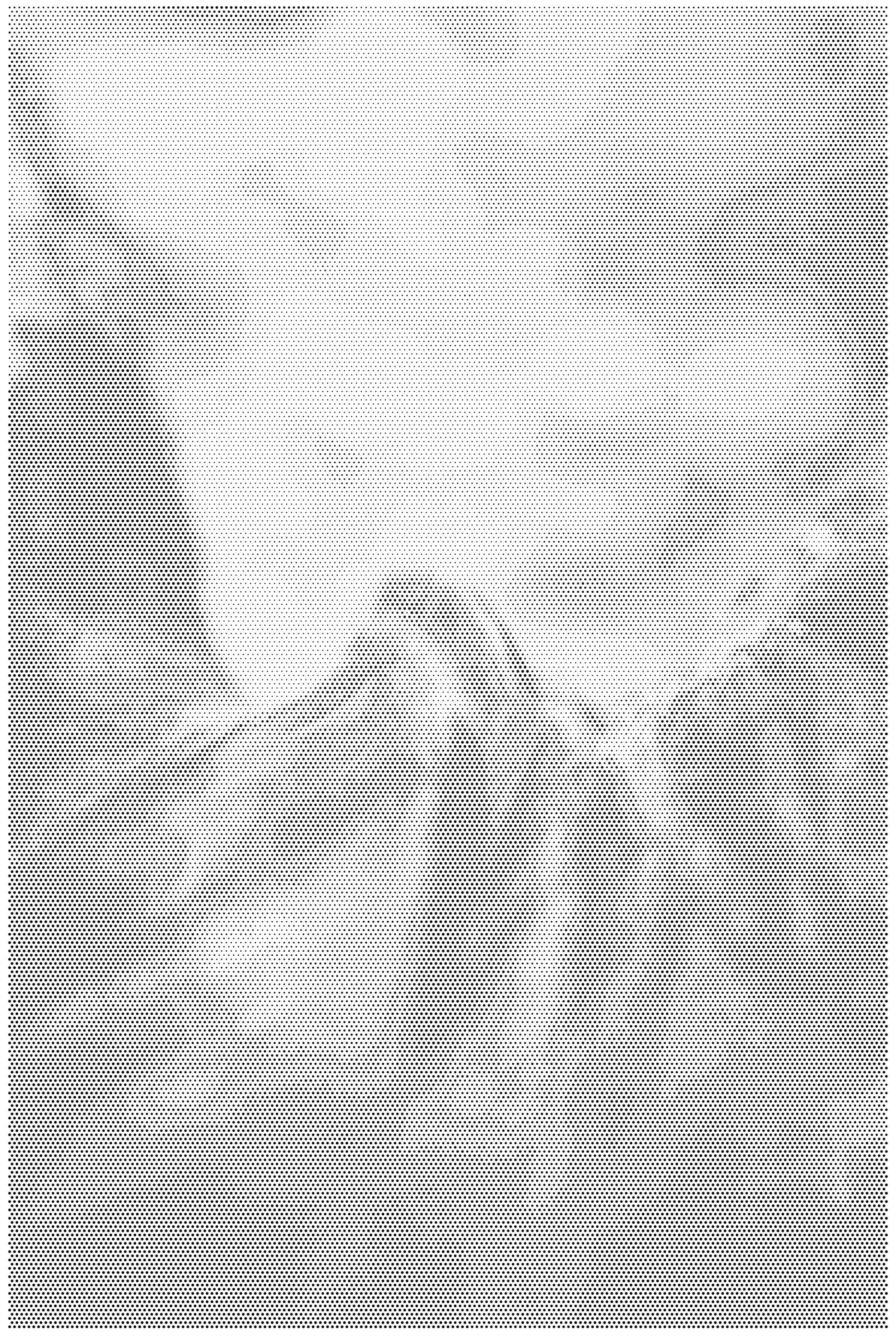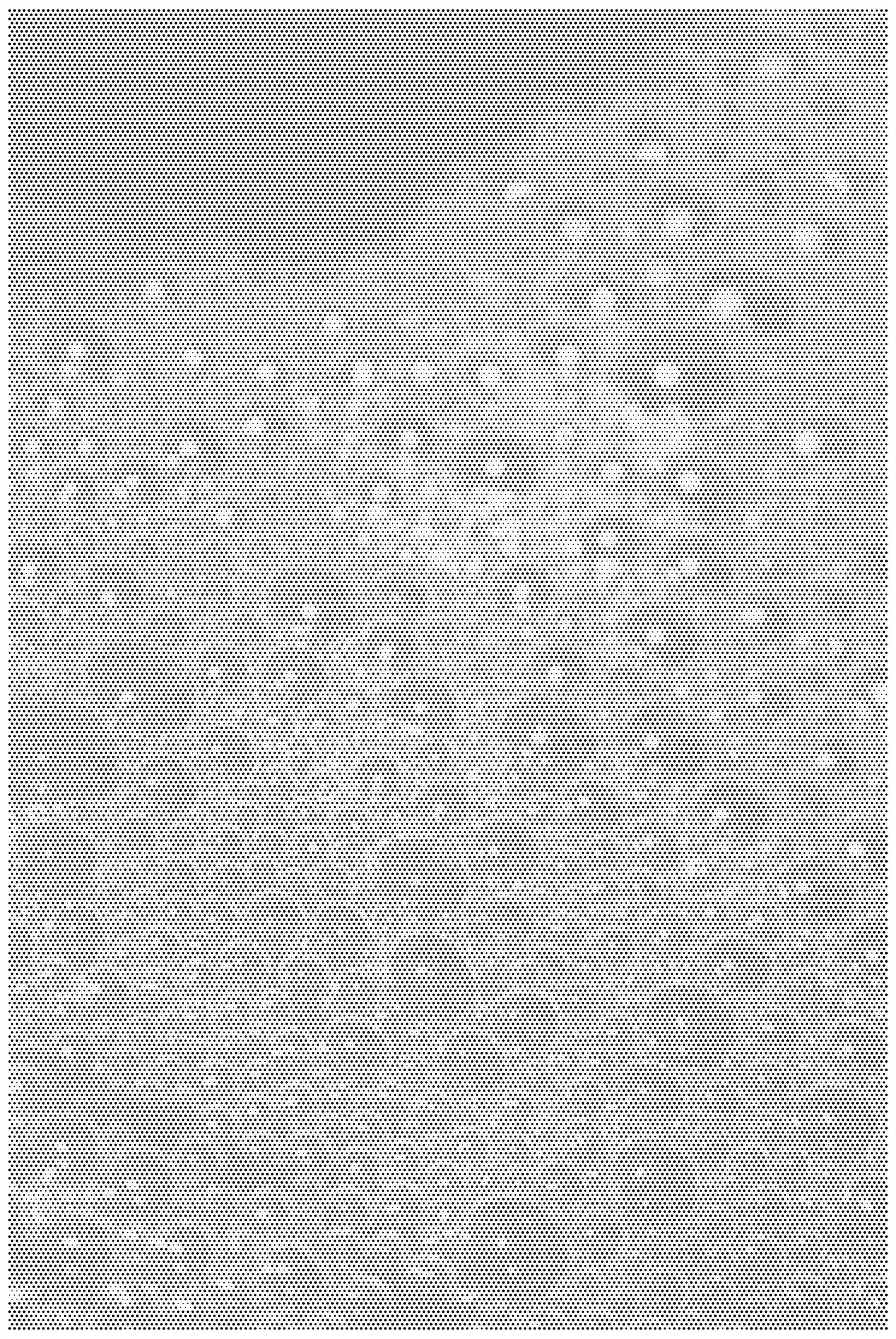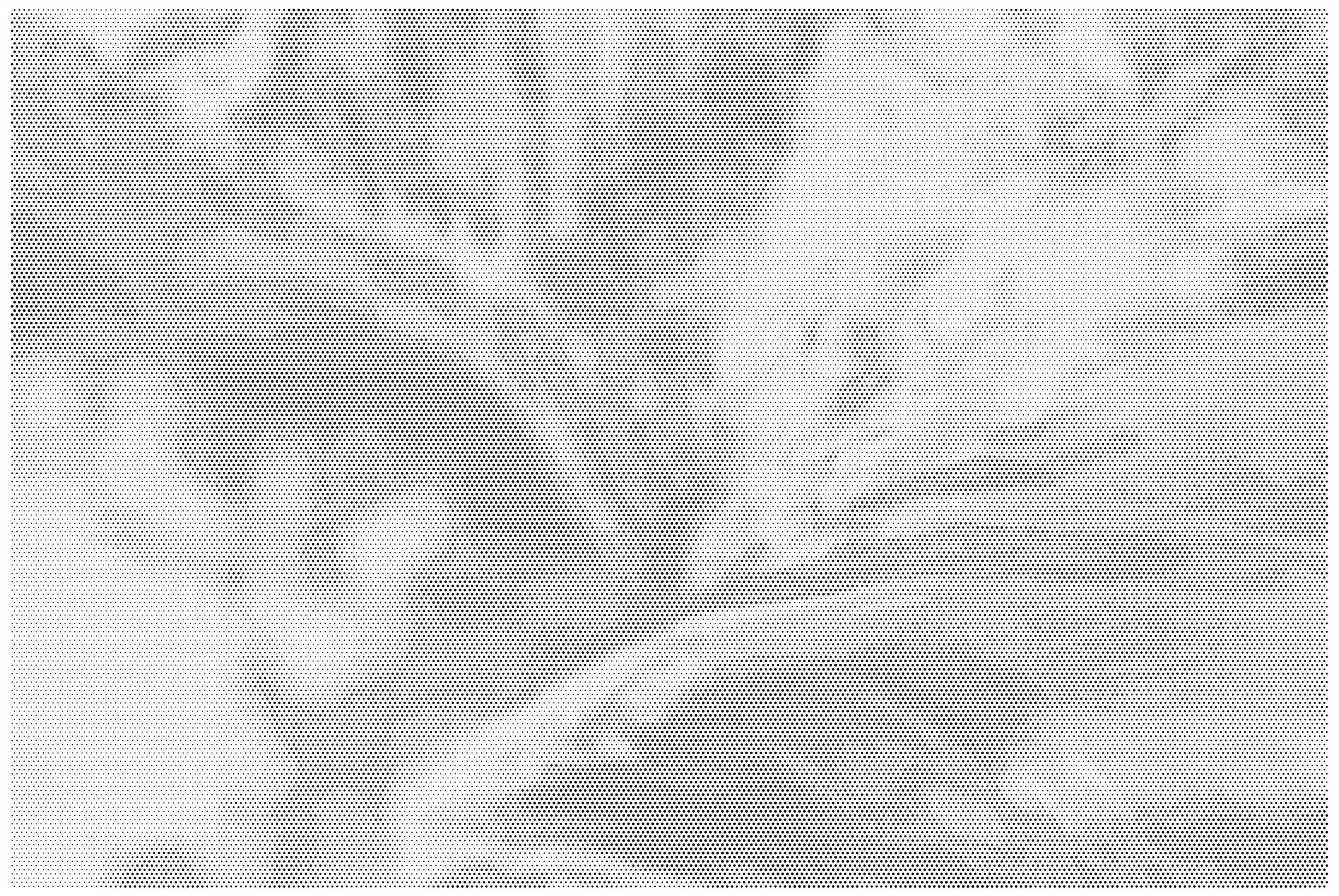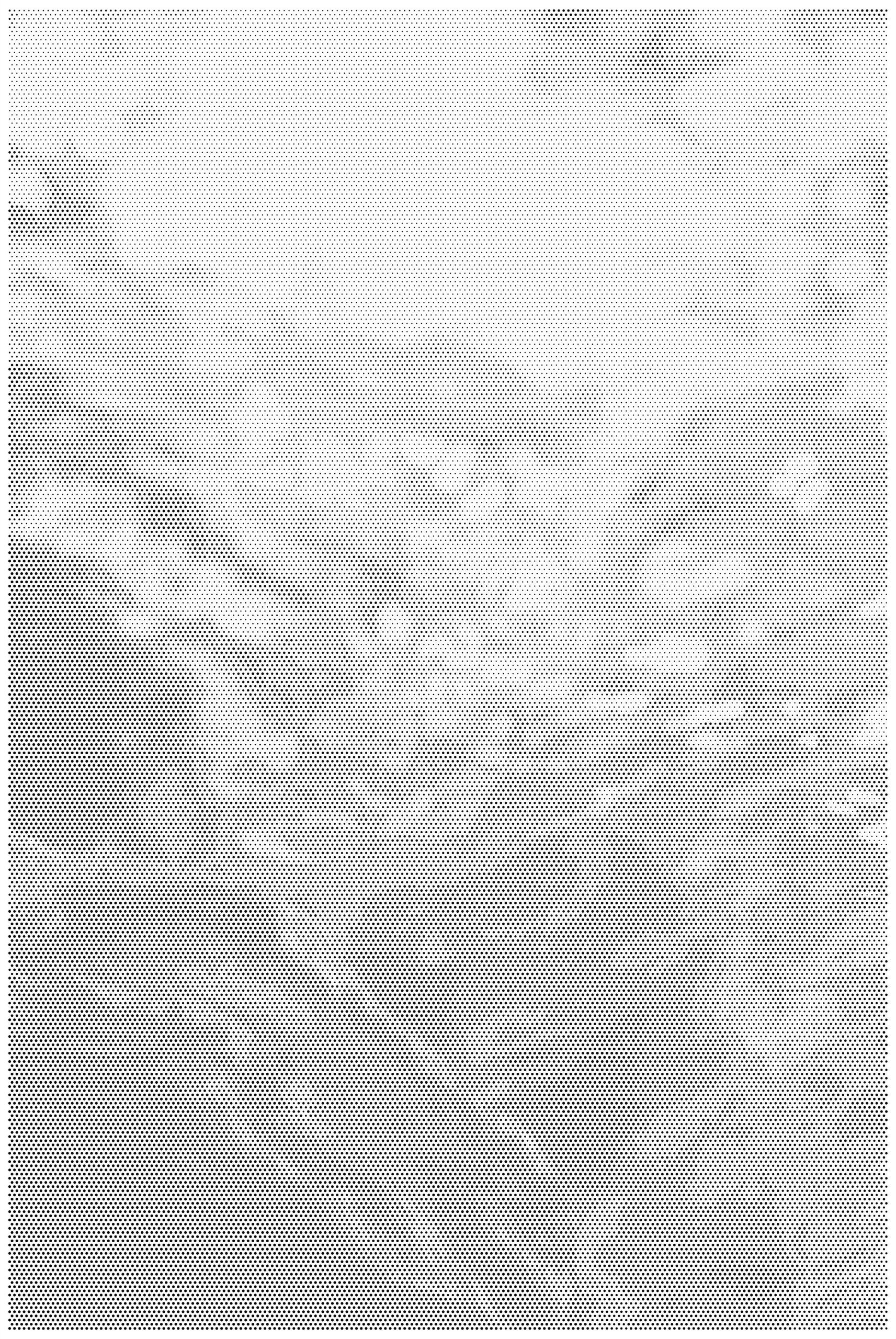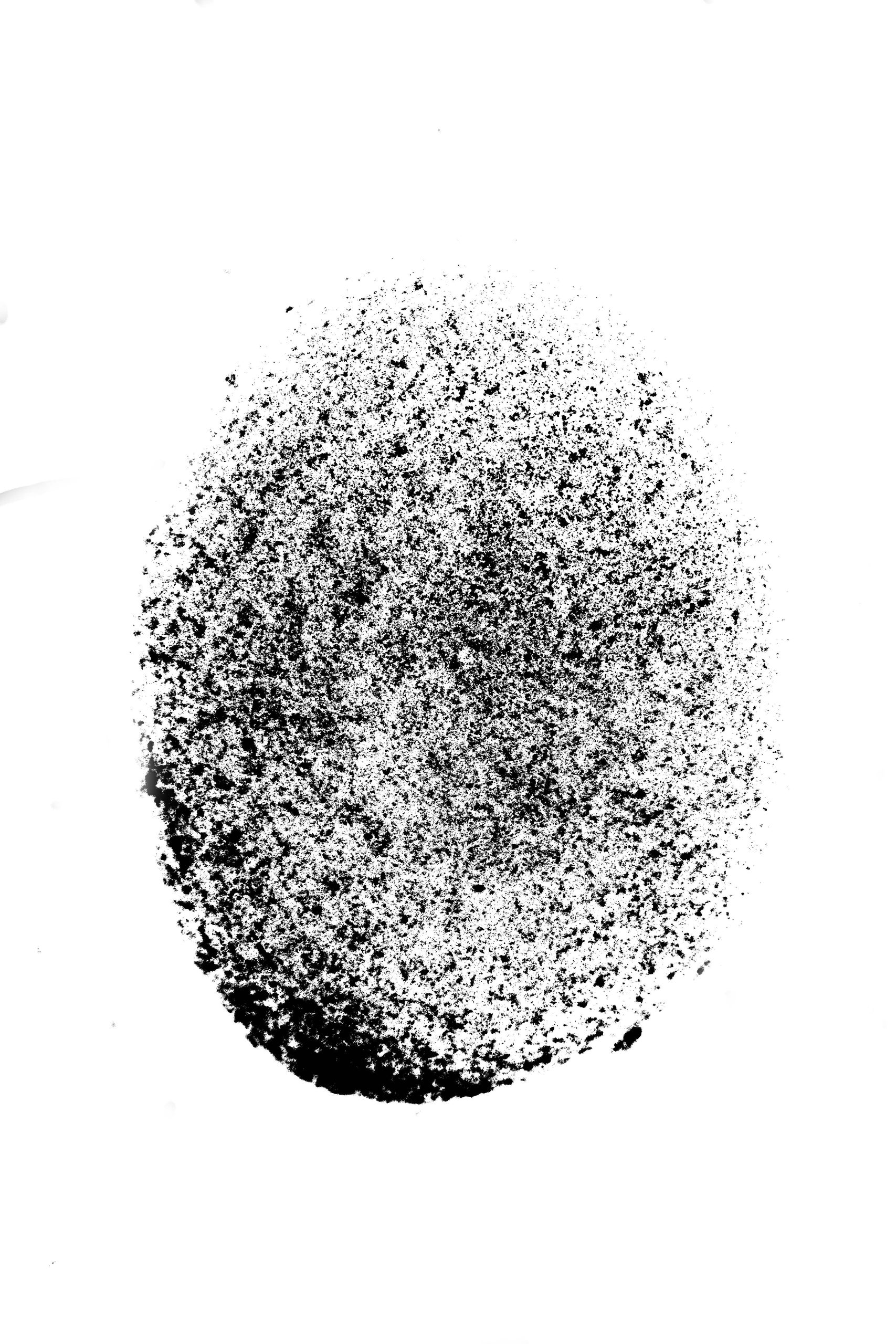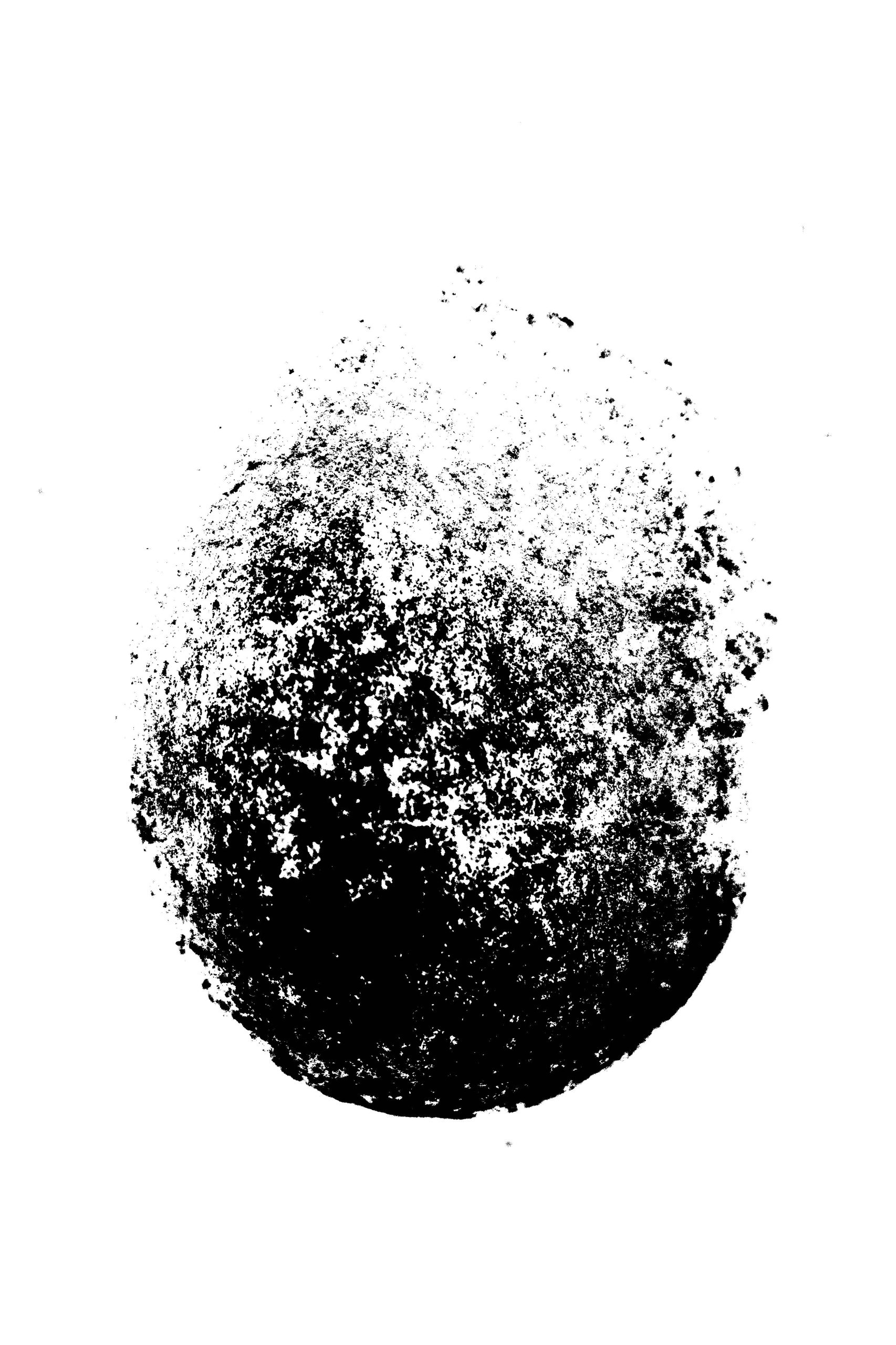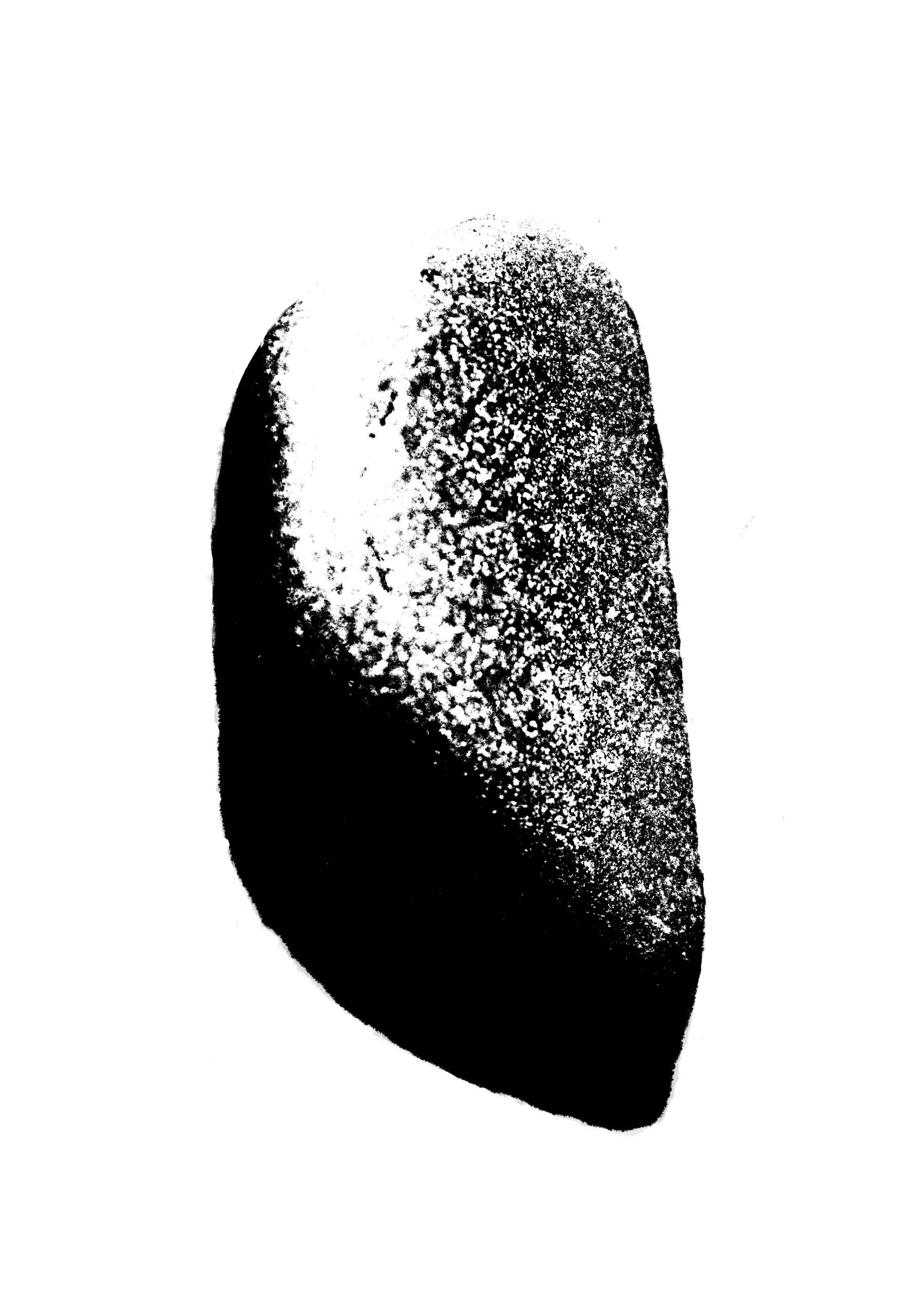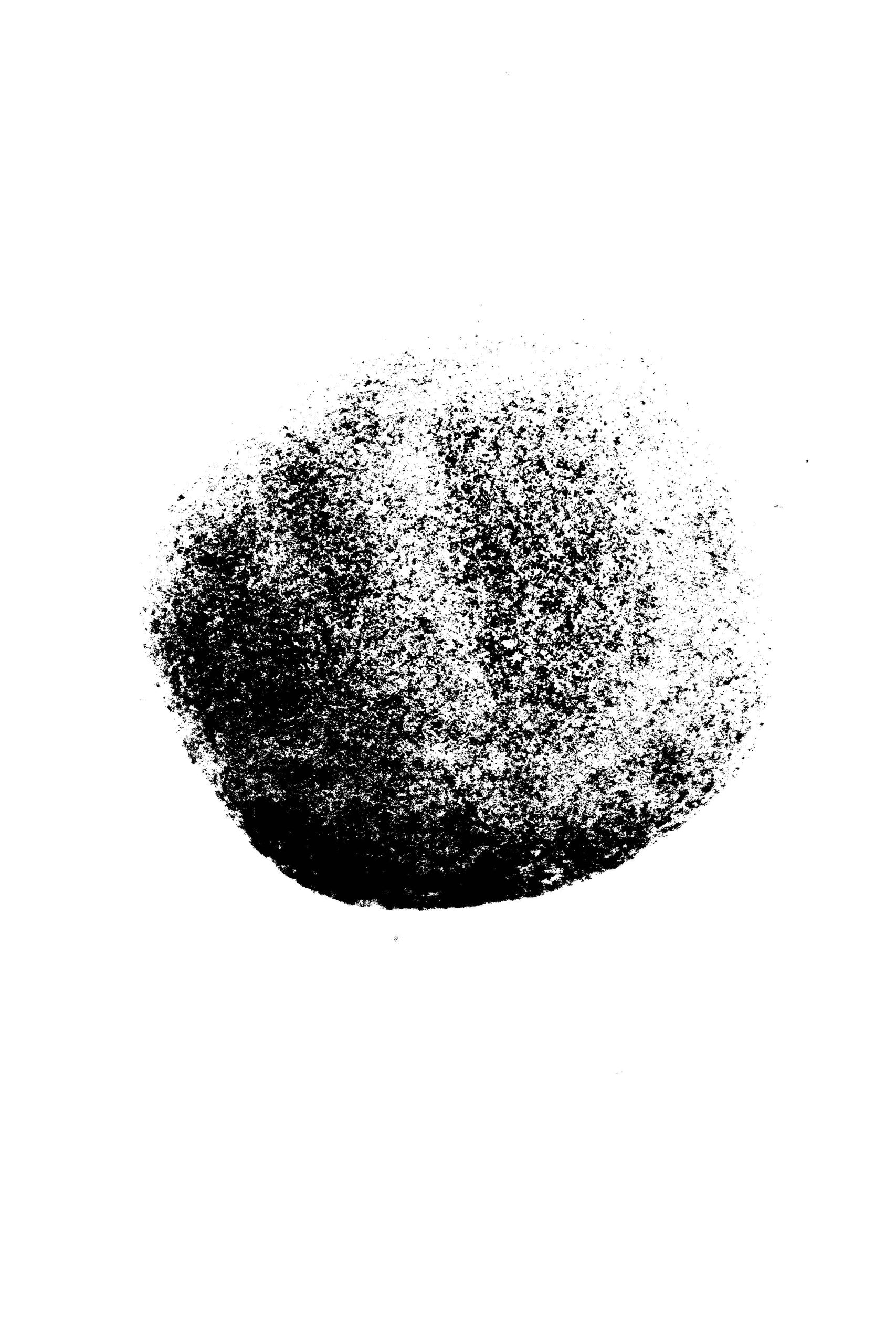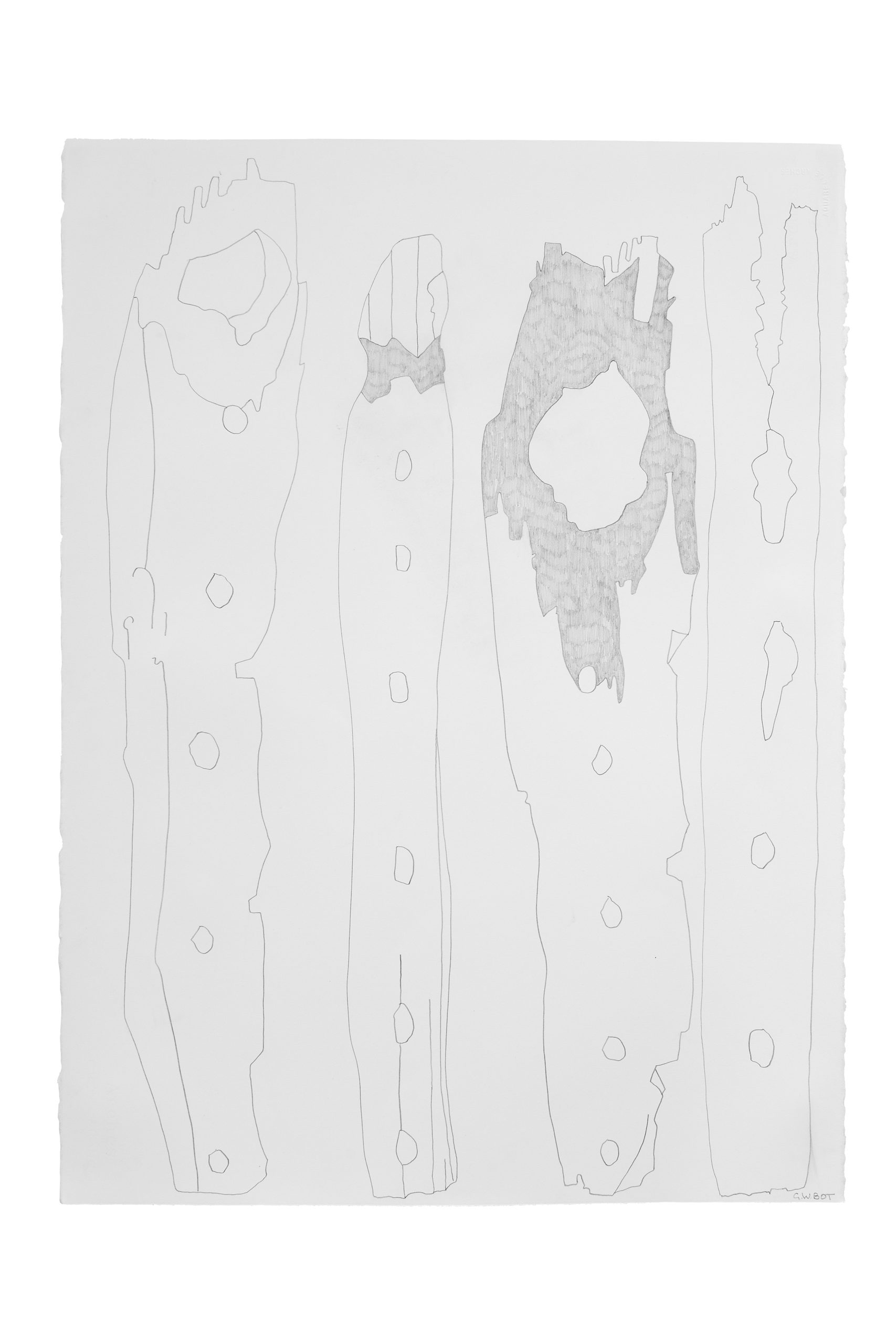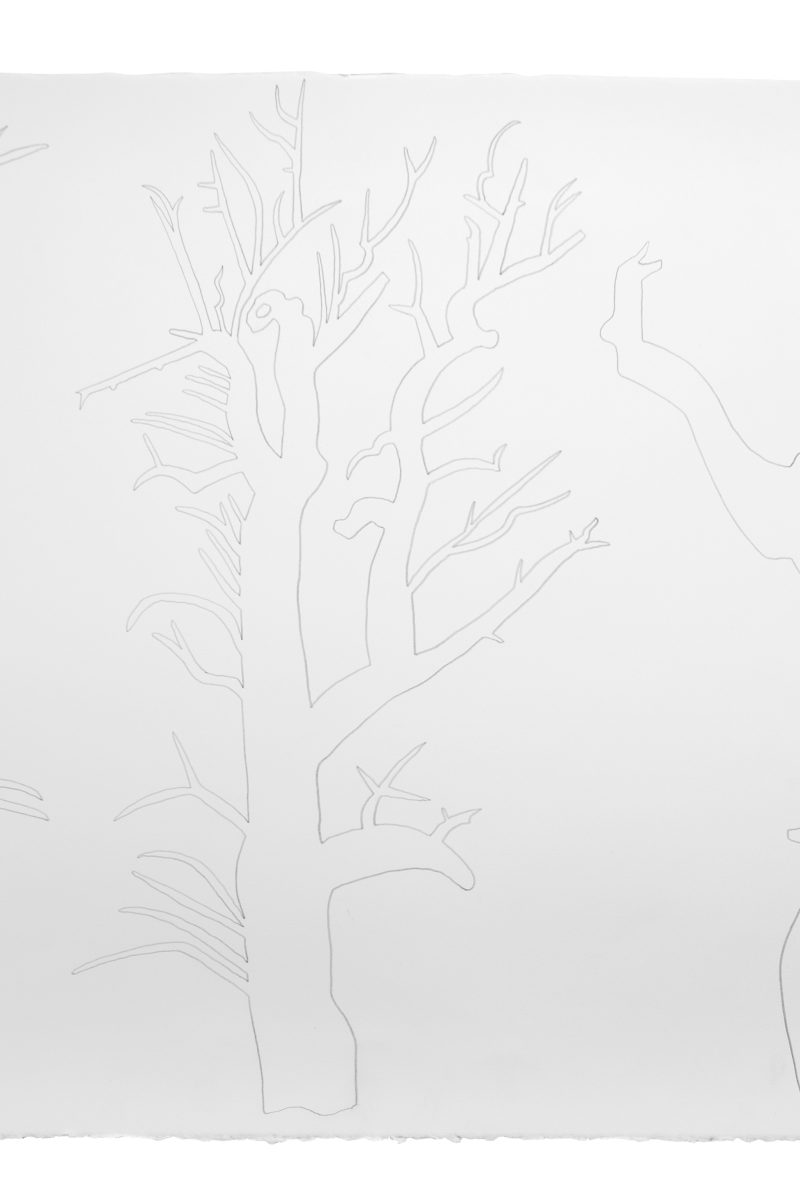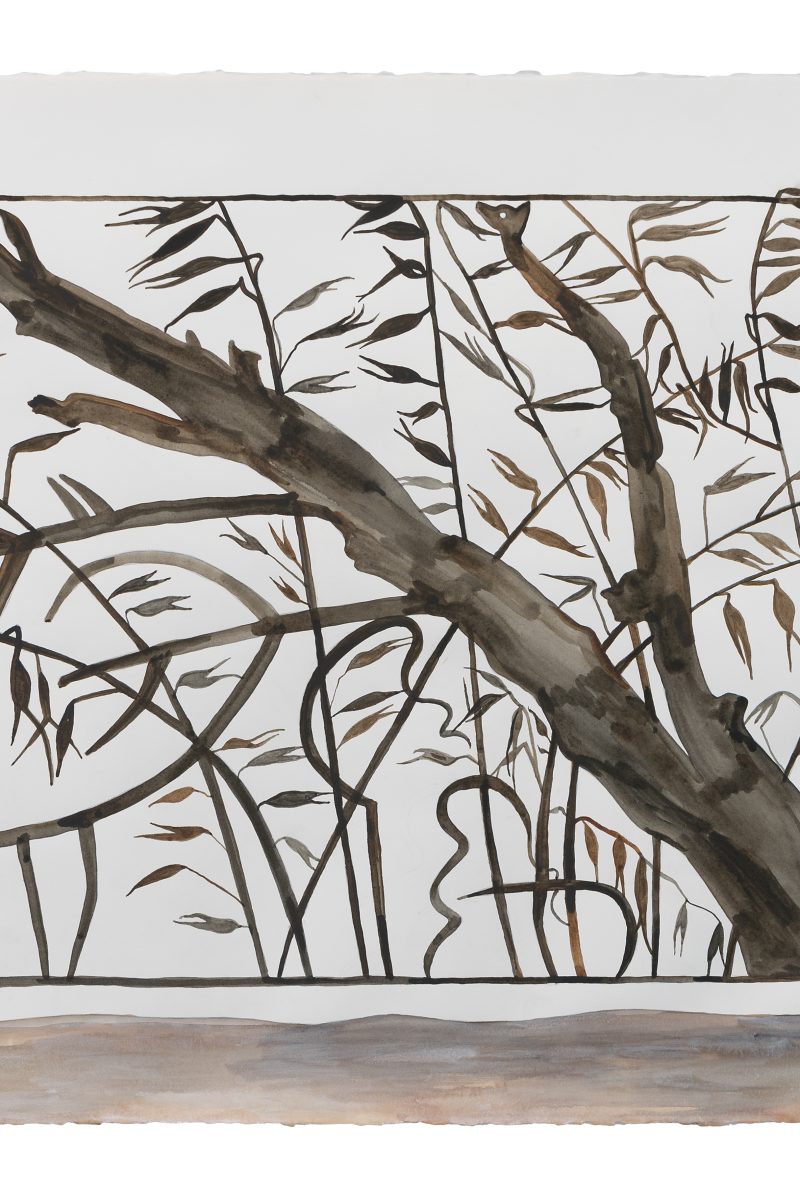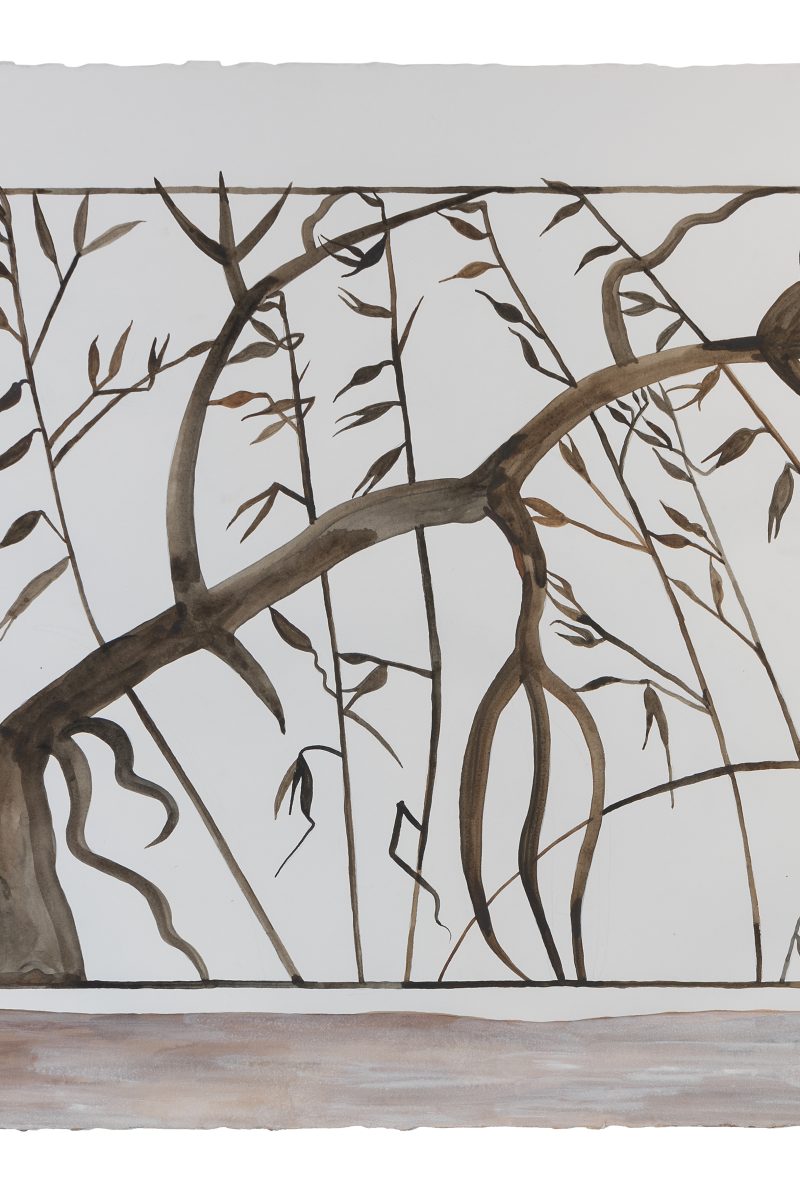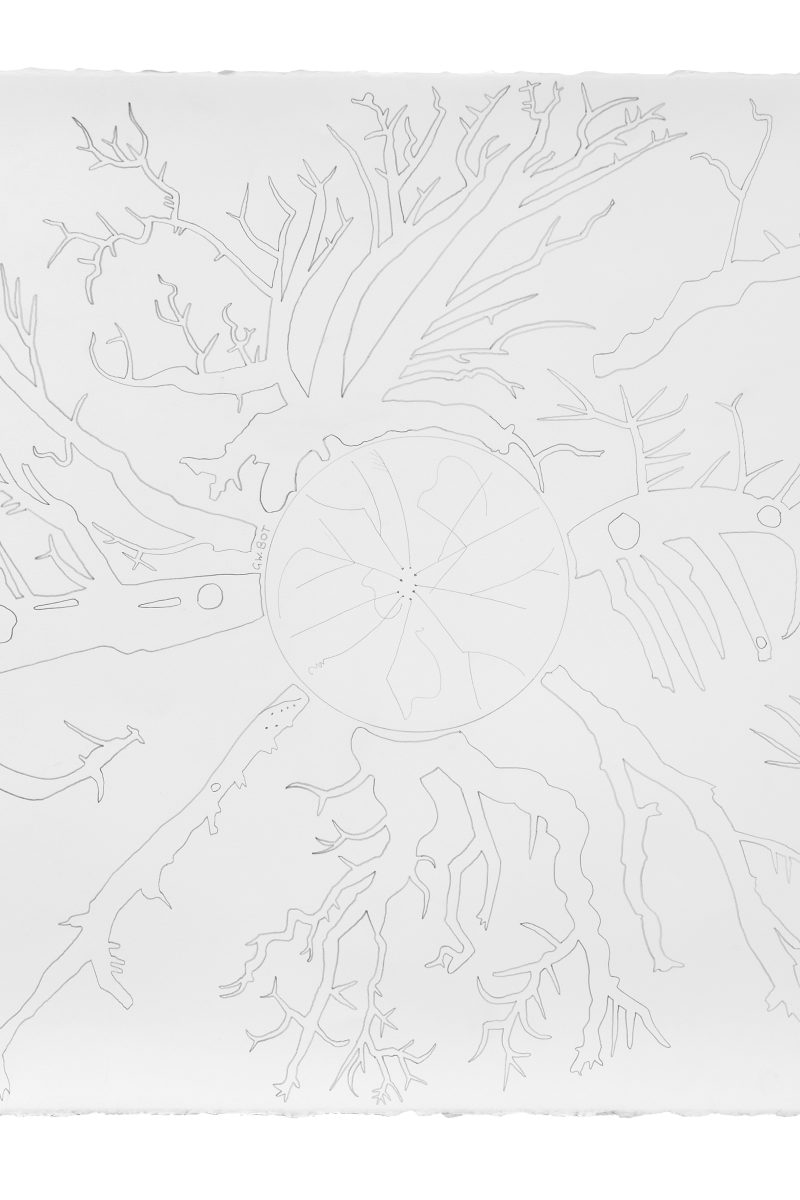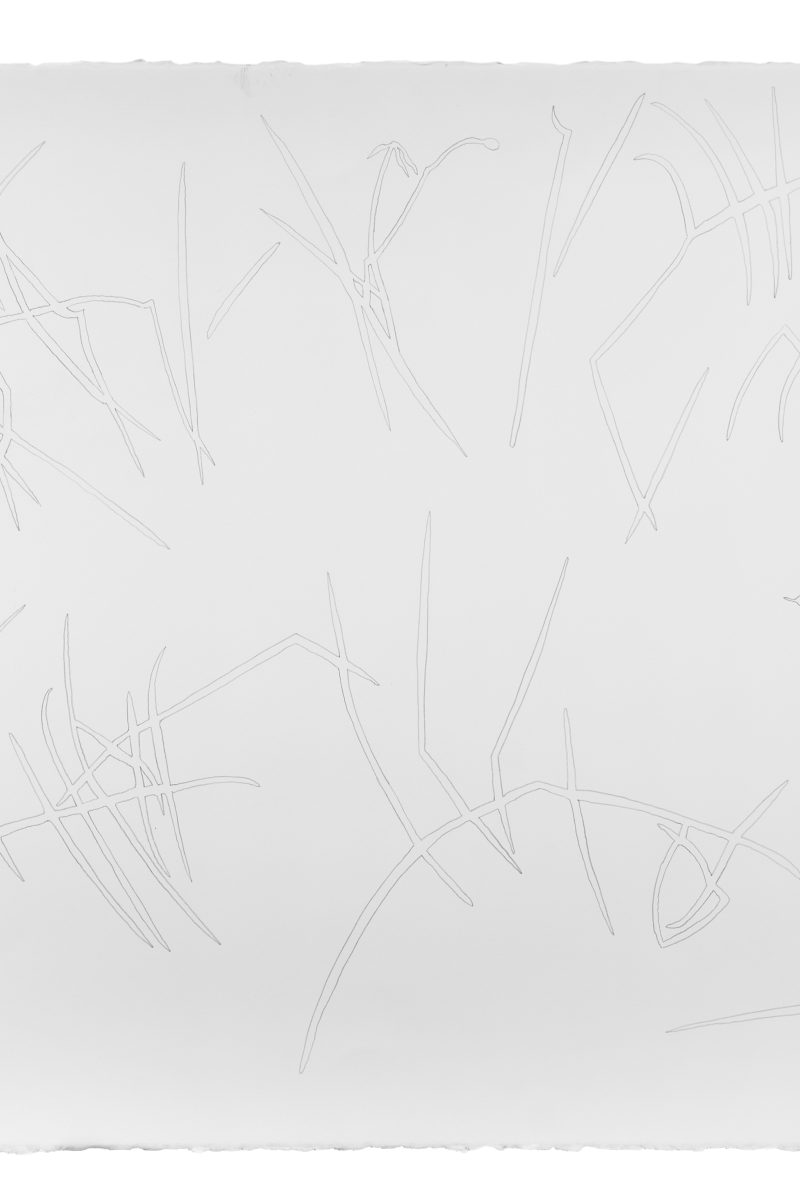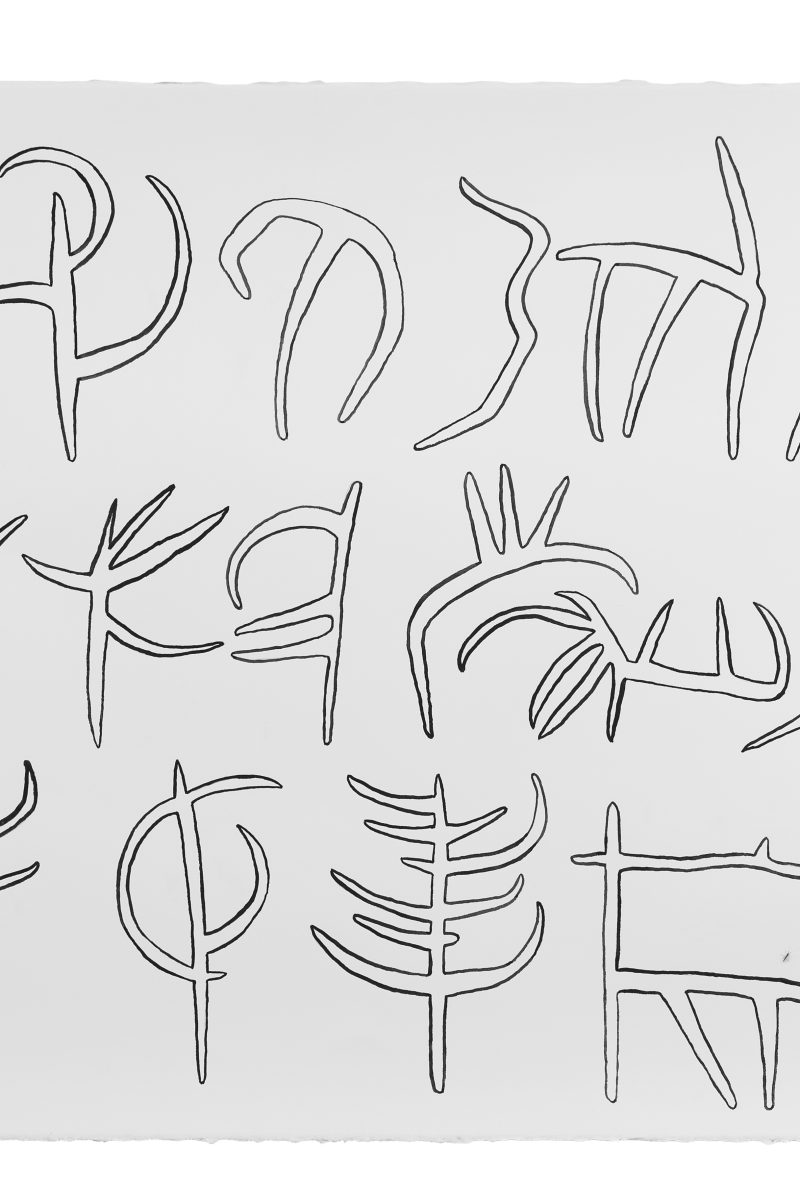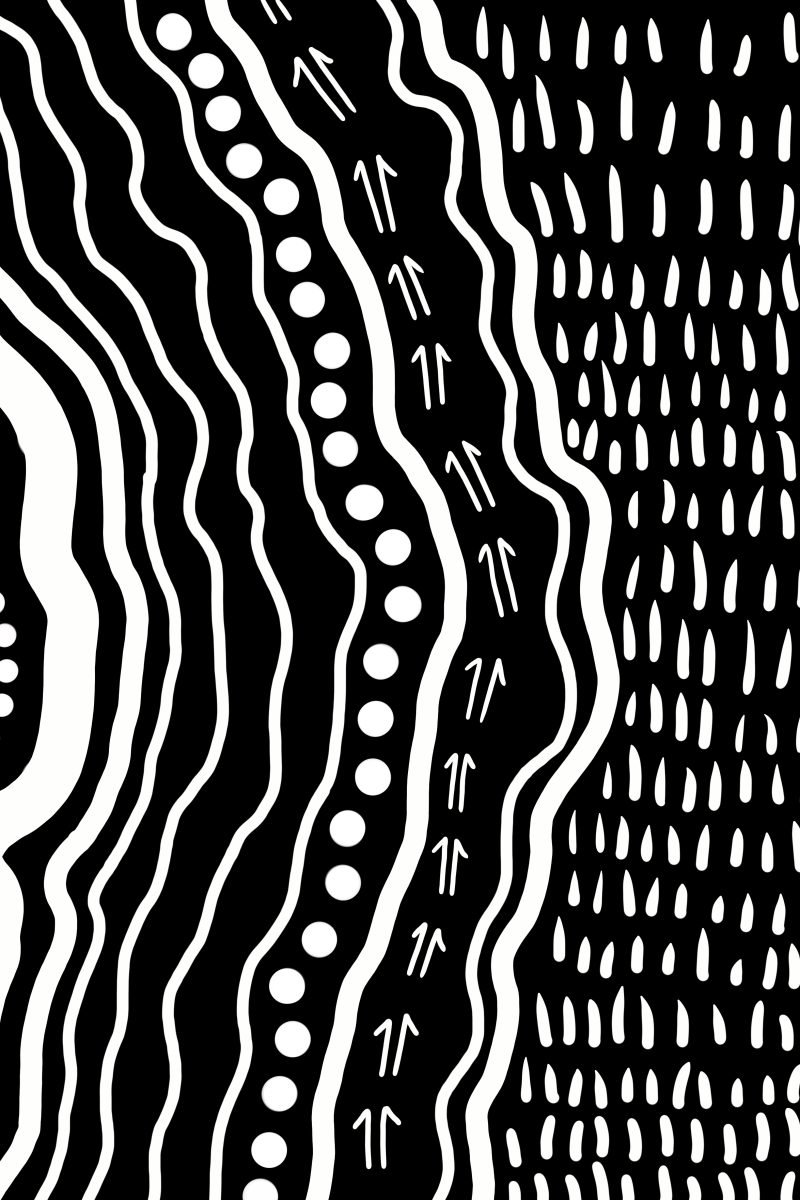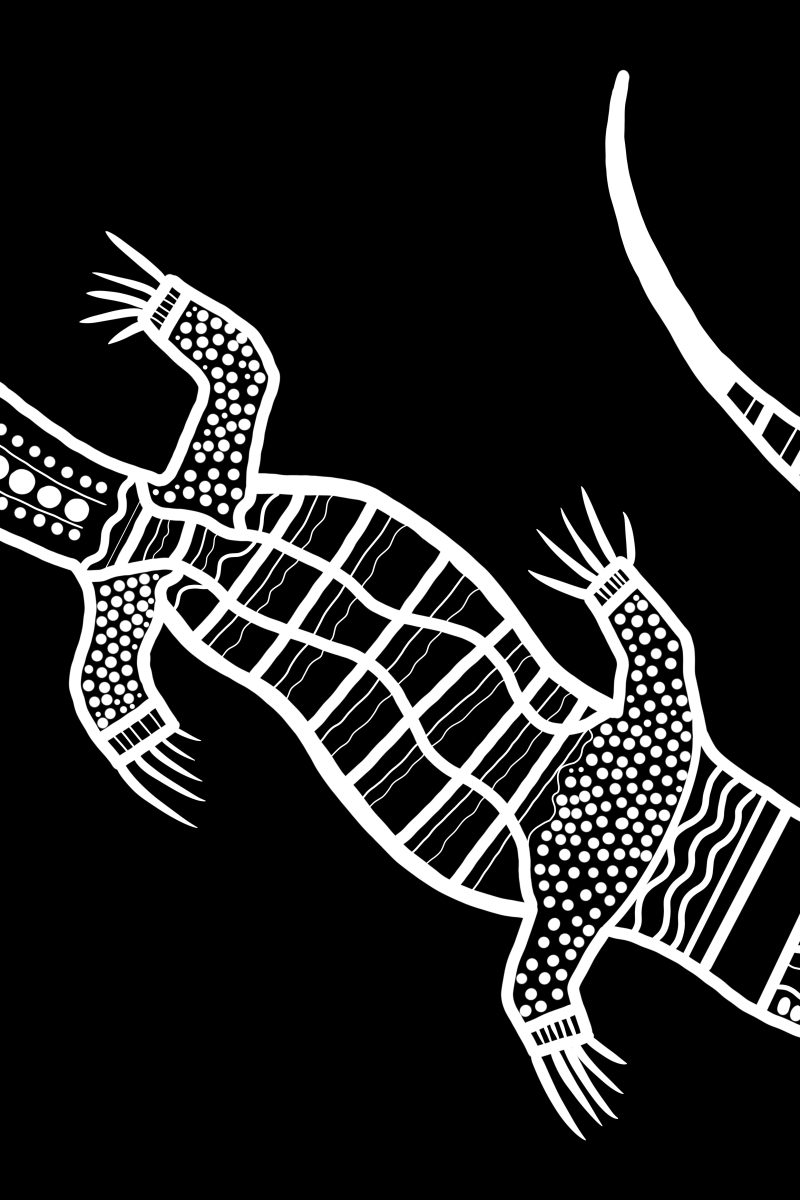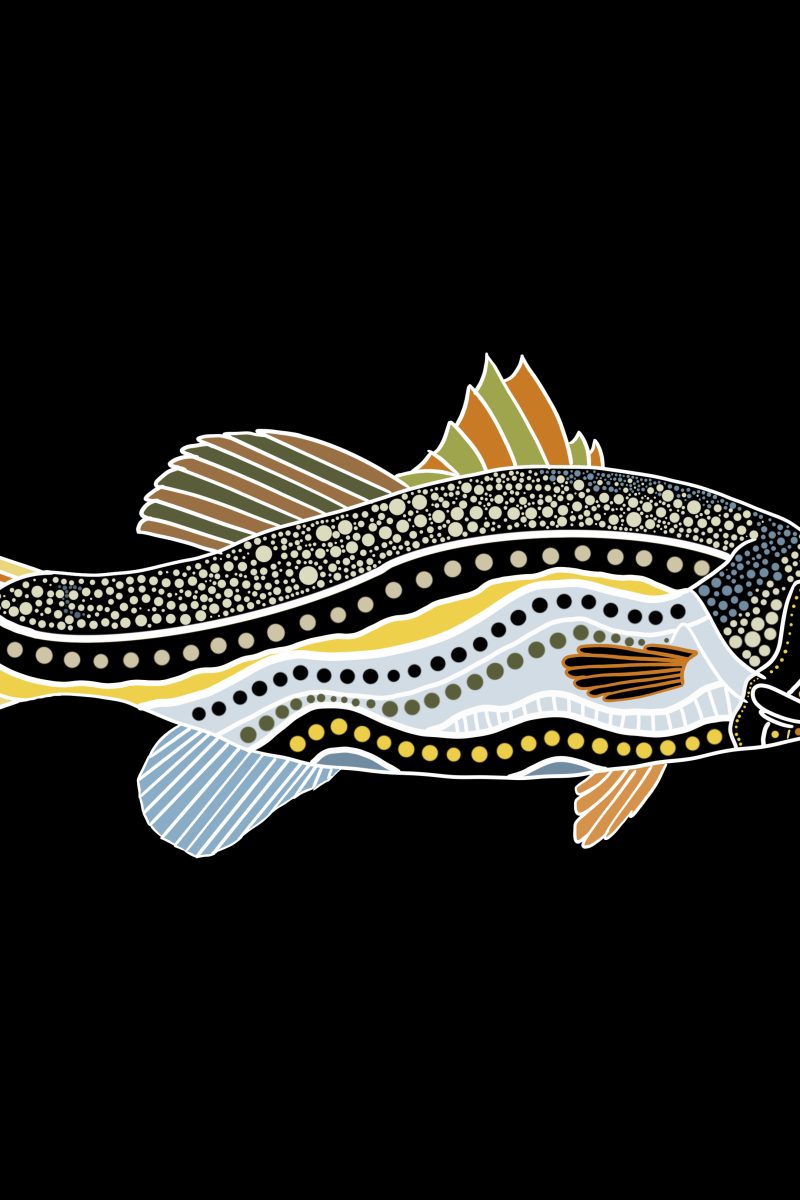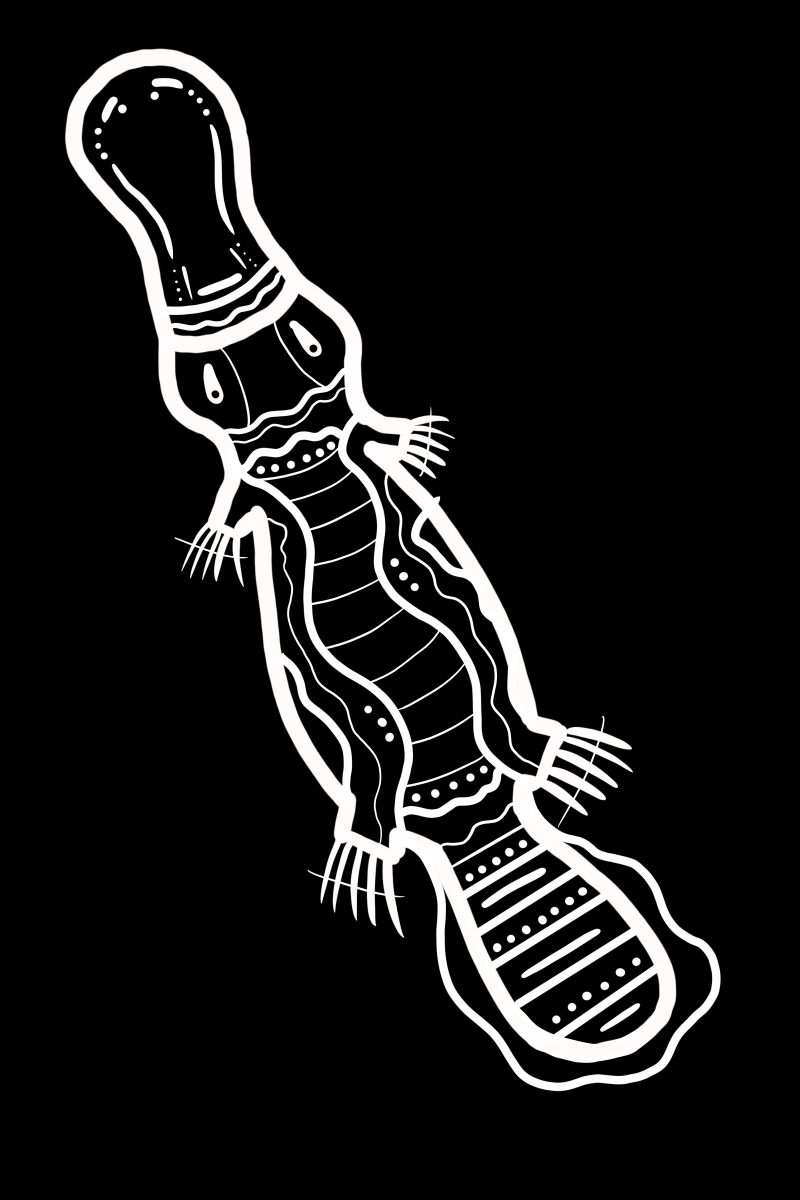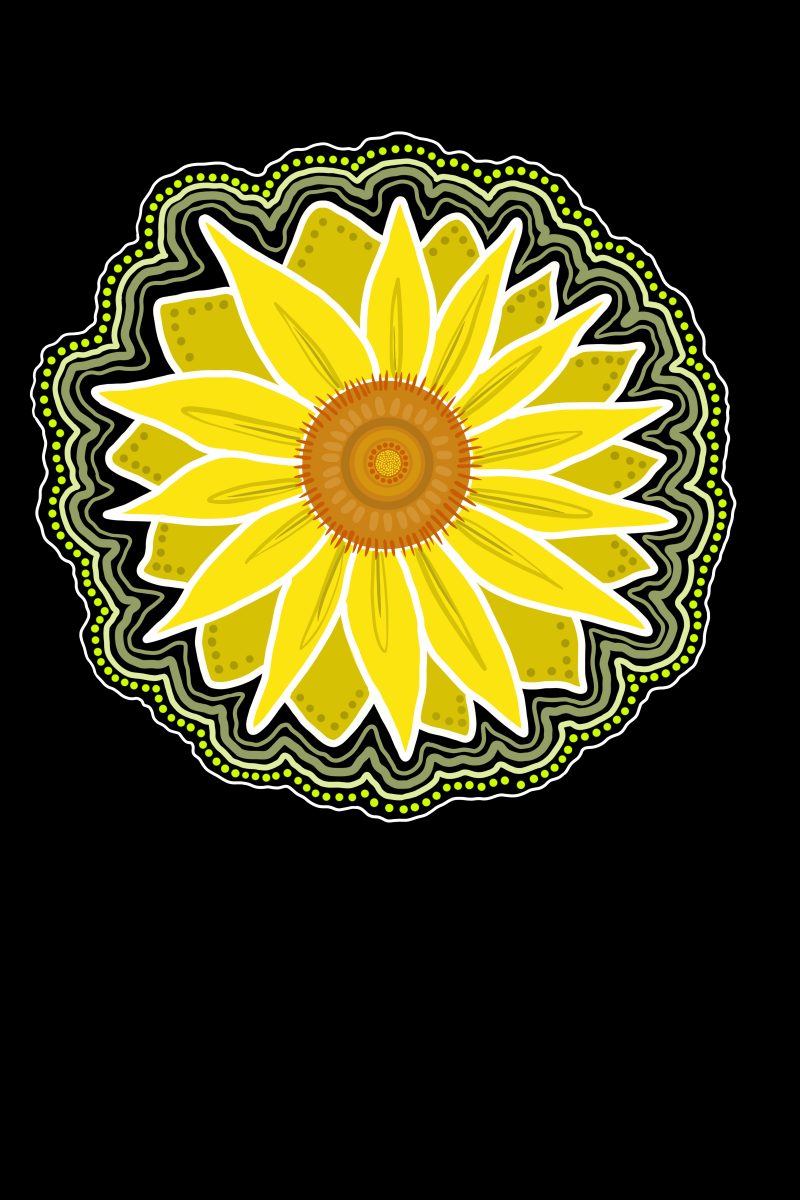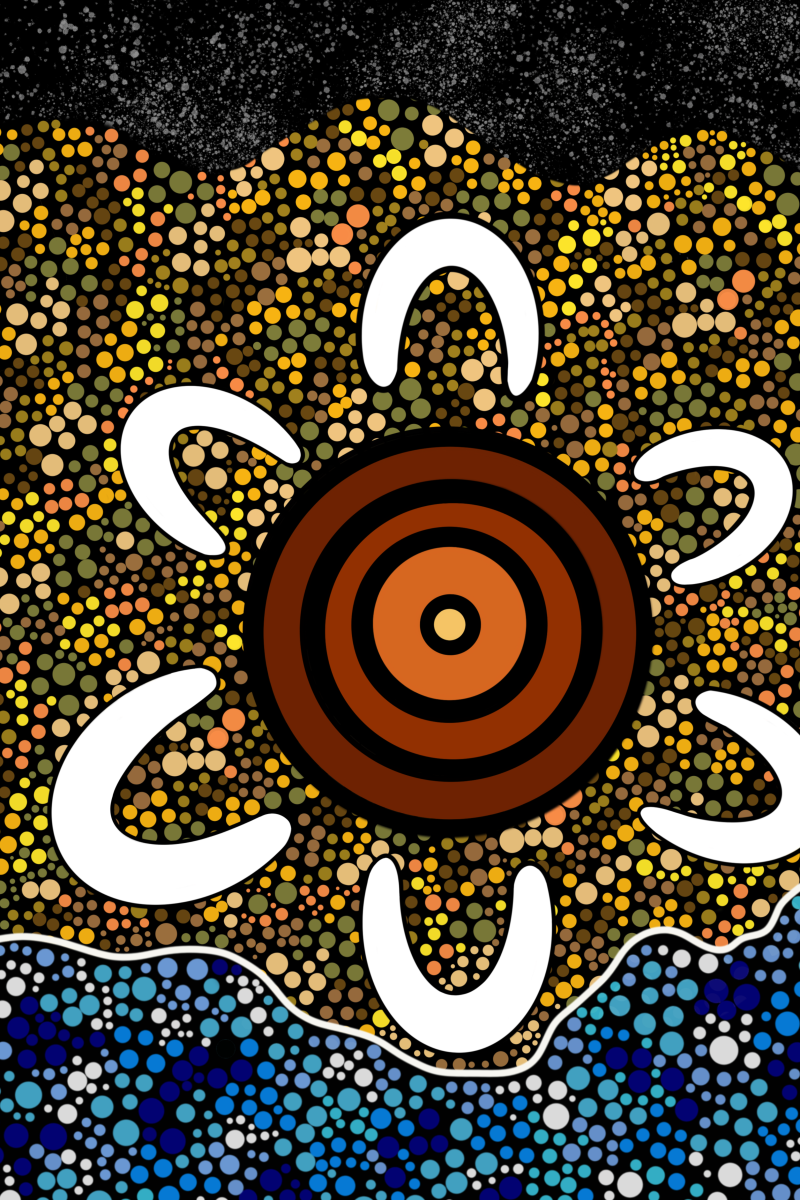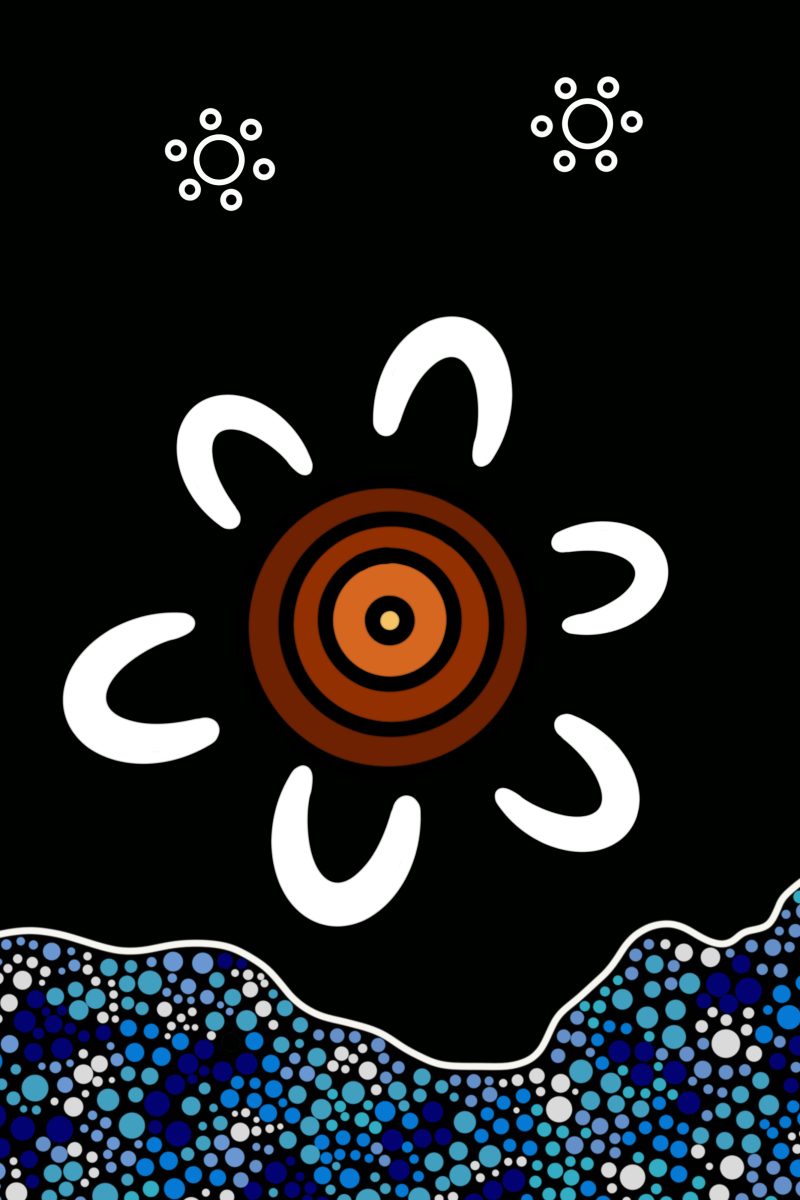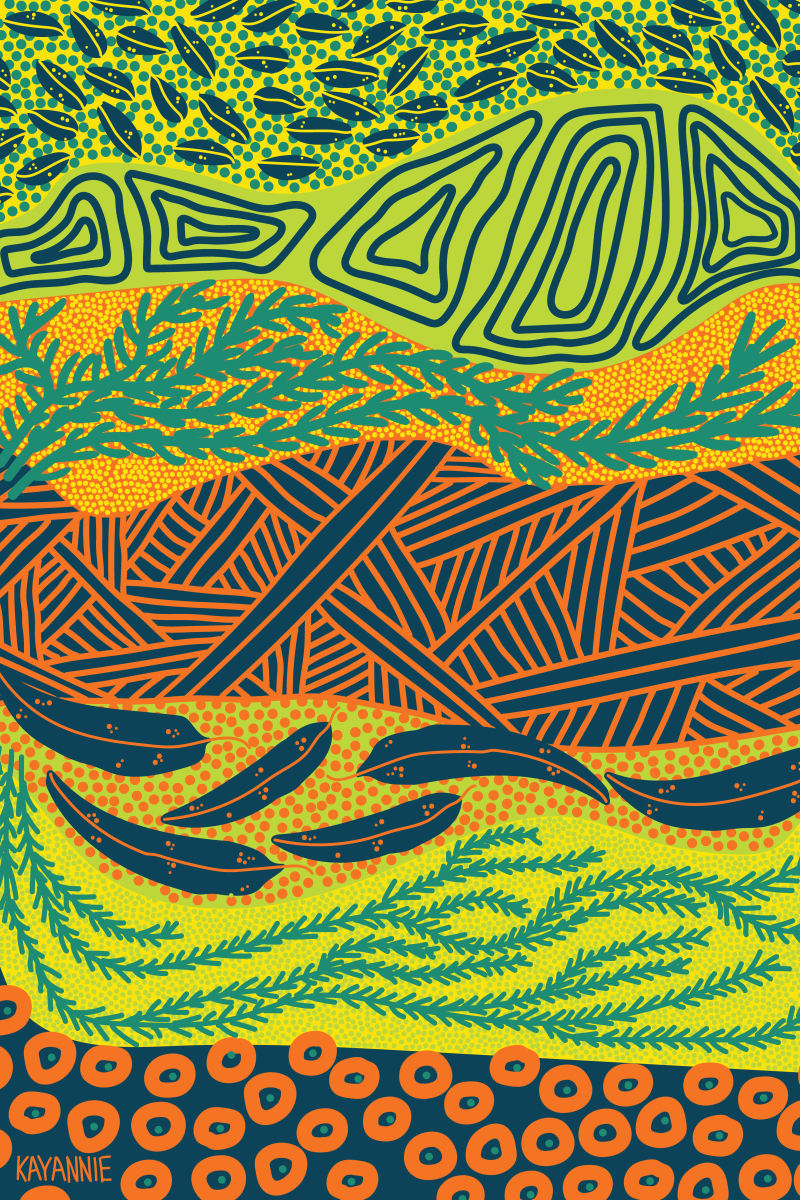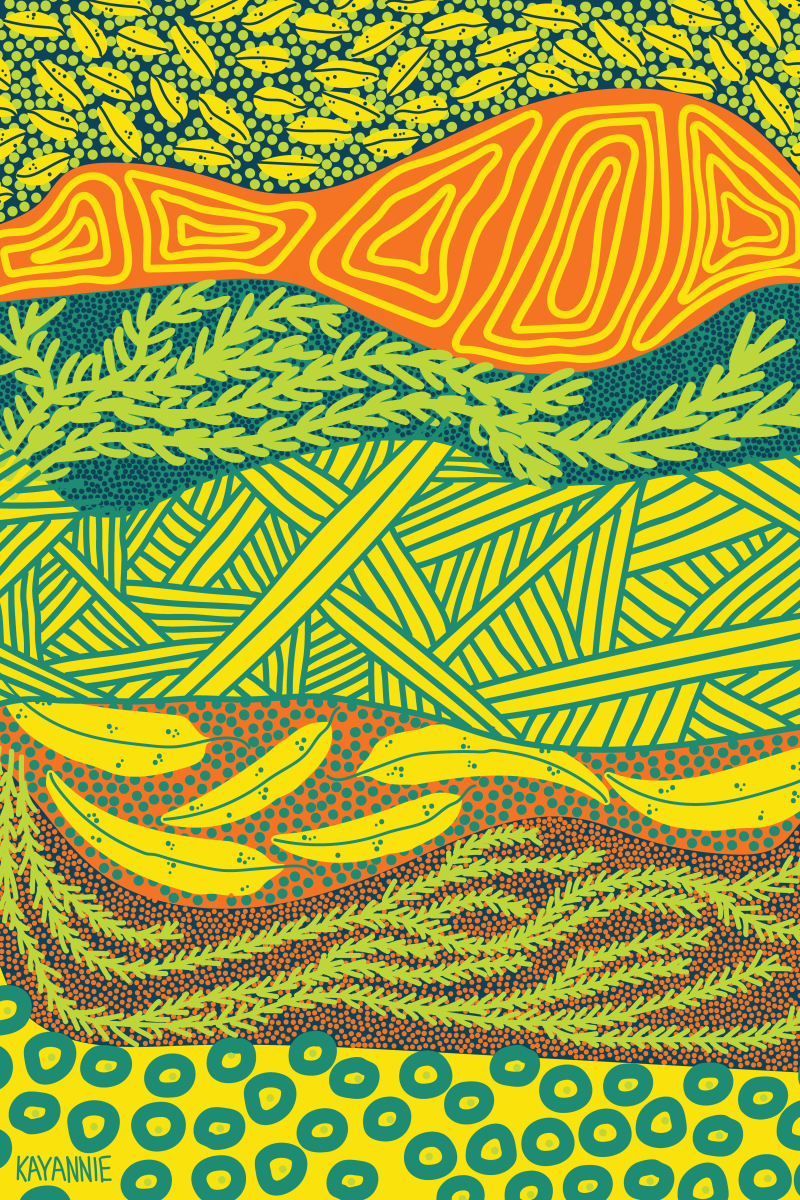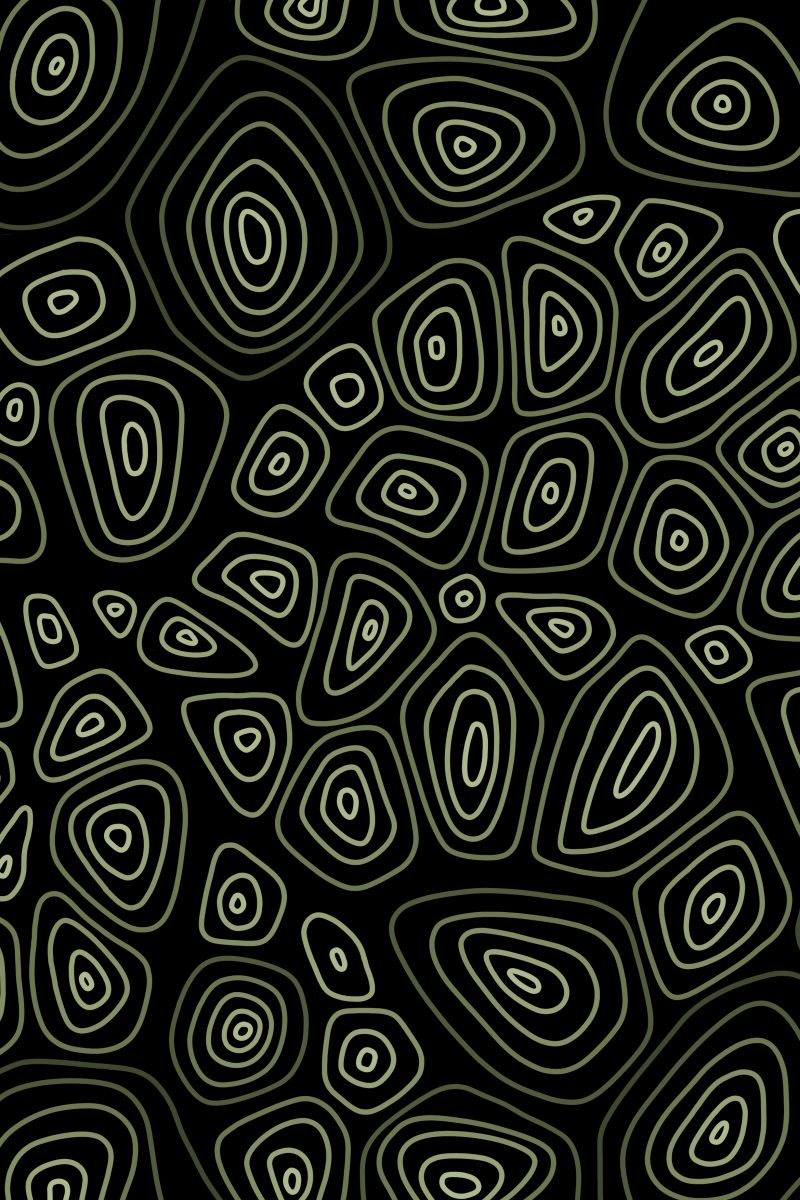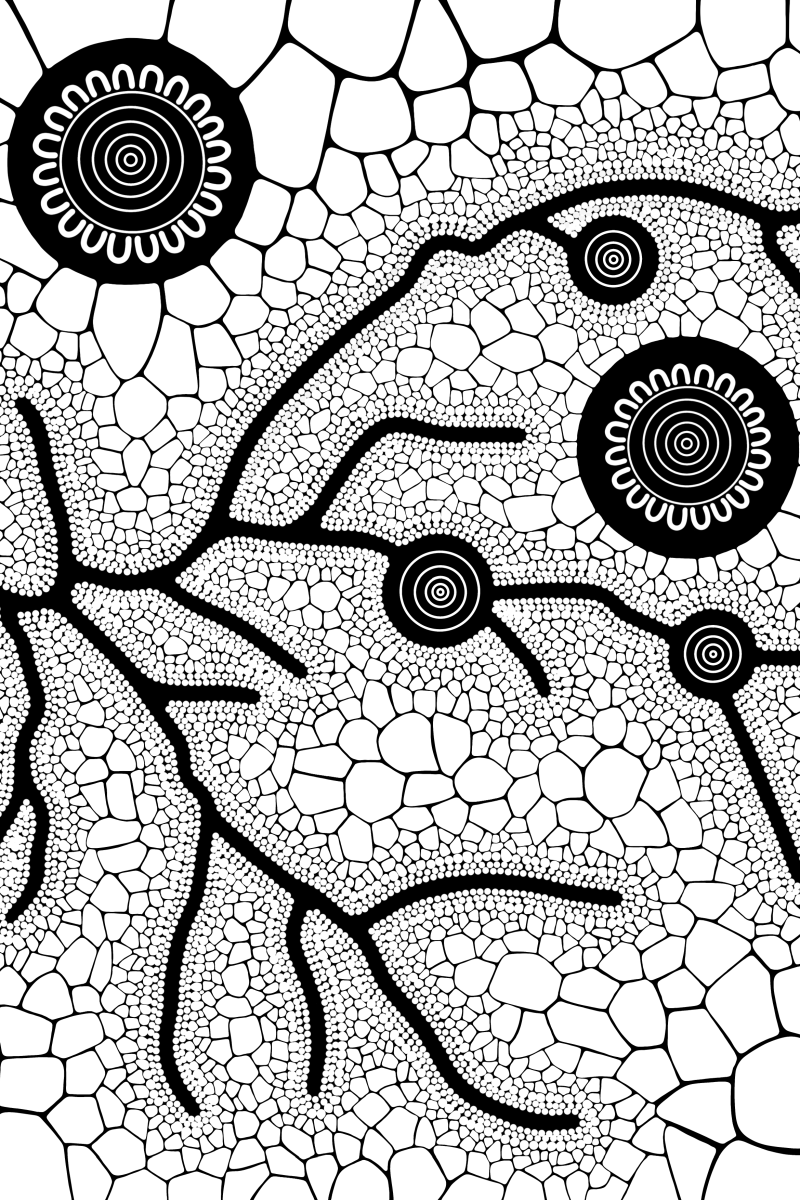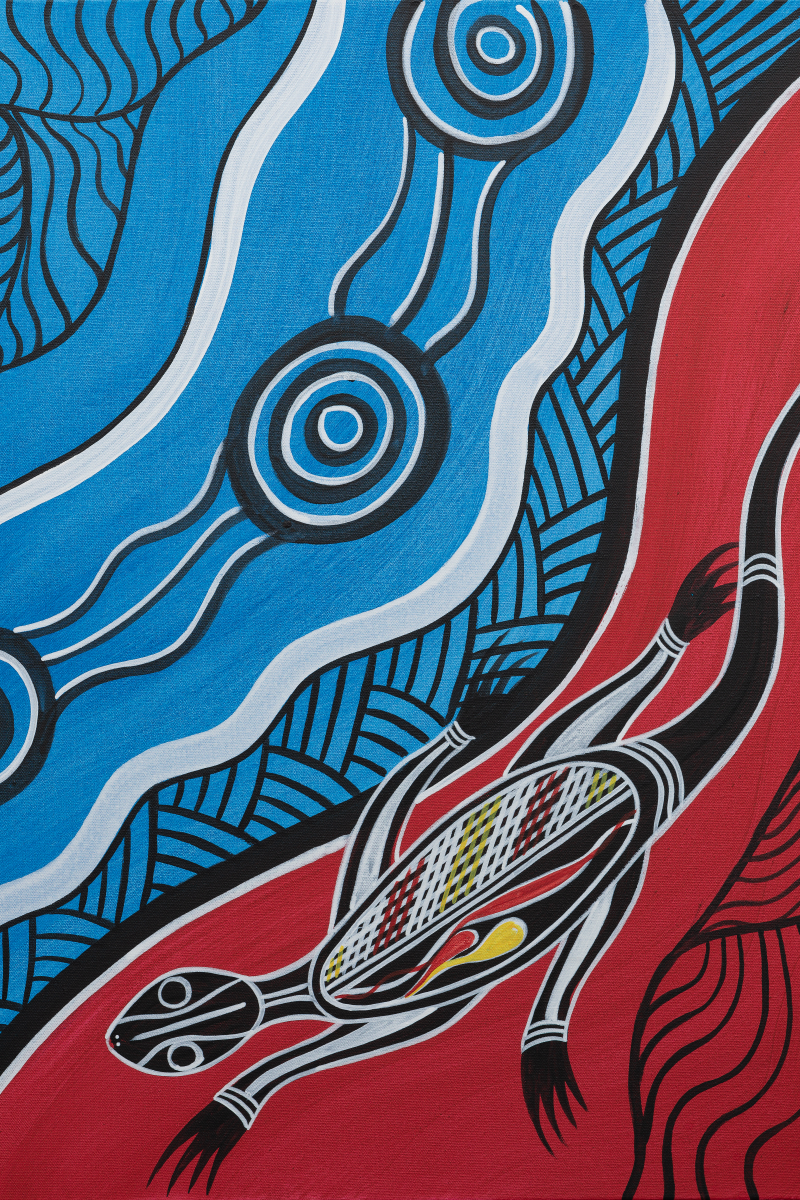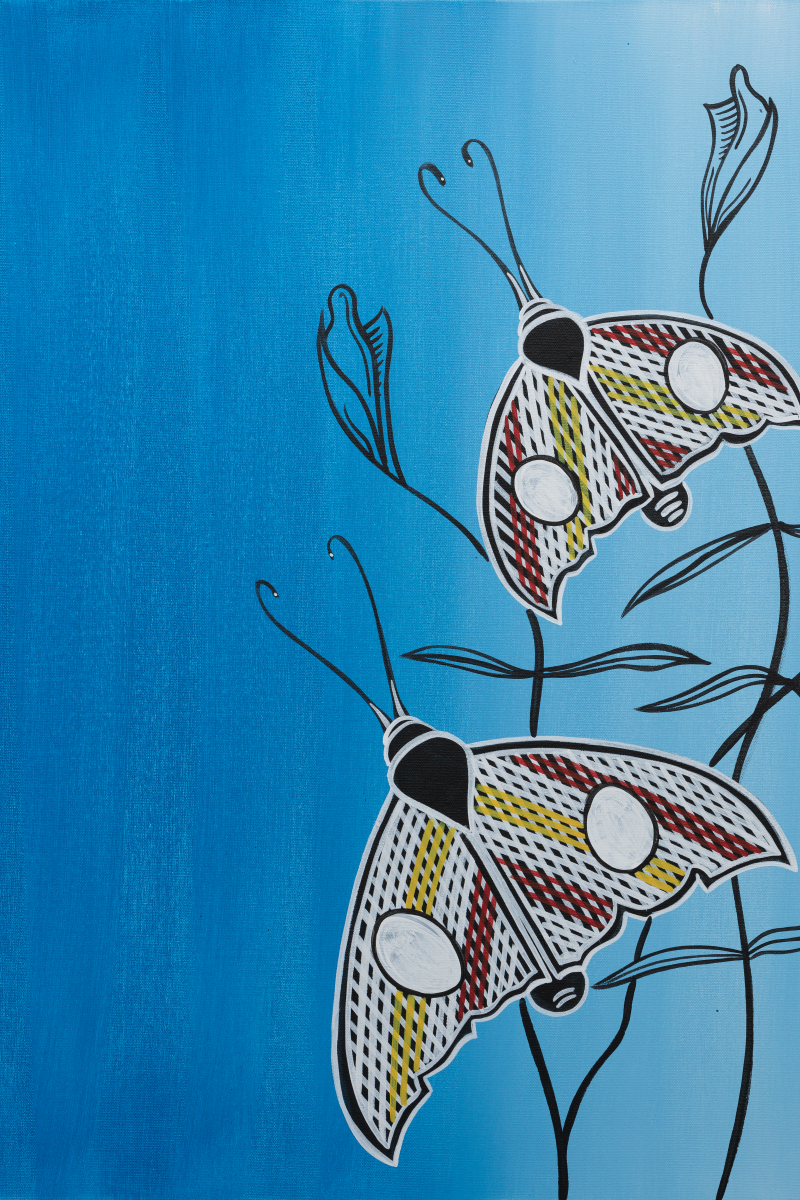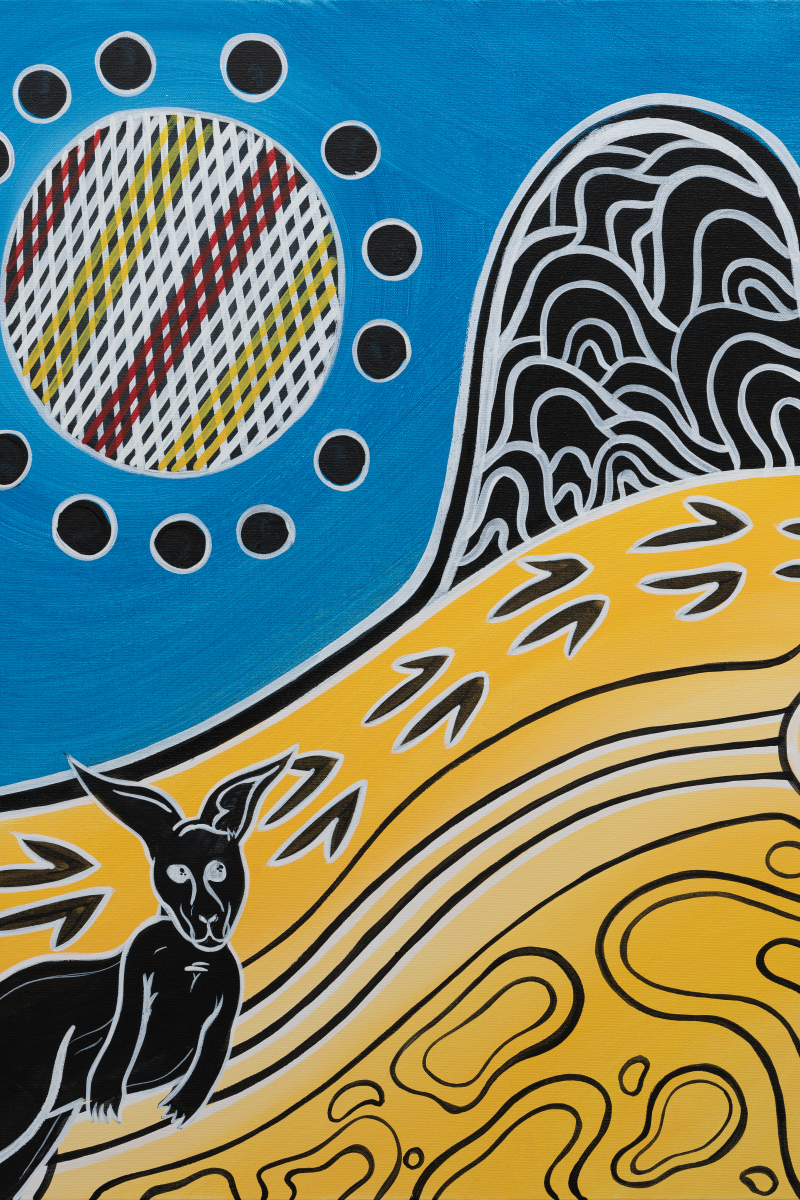Design Library
To support our commitment to building quality open spaces that enhance the public realm, we have established a Design Library that features 81 designs created by eight prominent regional artists, Geoff Farquhar-Still, Claire Shepherd (Primrose), G.W. Bot, Jazz and Kristal Matthews, Kayannie Denigan, Leah Brideson and Rayne Huddleston. These designs are available at no cost to approved architects and builders, to use as feature elements for façade designs, signage, seating, walkways and other buildings in the public domain.
Claire Shepherd (Primrose)
Claire Shepherd (Primrose) studied at the ANU School of Art majoring in Printmaking from 1994 to 1997. After a career in teachingshe opened Form Studio and Gallery in Queanbeyanin 2010 and as well as managing the Gallery program, devotes as much time as possible to her own (mostly painting) practice.
Primrose’s art celebrates the Australian landscape and does so in ways that explore the painterly processes she uses as much as it does the landscape she visits, considers and remembers. Her designs look at the microcosm of the natural world, asking viewers to creatively journey through that world just as she does.
Geoff Farquhar-Still
Geoff Farquhar-Still is a Canberra-based artist who studied at the ANU School of Art majoring in Sculpture from 1999 to 2002. Prior to his art studies from 1993 to 1996 he studied Landscape Design and Plant Science at Sheffield University in the United Kingdom, and Landscape Architecture at the same institution from 1997 to 1998. He continues with his sculptural practice but also as Director of Artillion P/L he expands that practice to embrace art in the public domain in the broadest sense of that term. He has been responsible for a range of public art projects in the ACT and New South Wales, including at the Australian Jewish War Memorial in Canberra (2018), and the Canberra Centenary Column (2014) on City Hill. His designs reflect his passion for the natural world allied with a deep understanding of contemporary technologies and the collision of both these interests into artworks for the built environment.
G.W.Bot
G.W.Botis the exhibiting name of artist Chrissy Grishin. Wombats are prevalent near her suburban Canberra homeand she has taken them as her totemic animal. The source for her name however lies in historic French documents in which refer to this marsupial as le grand WamBot. Bot studied in London, Paris and Australia, graduating with a BA from the ANU in 1982. She has been a full-time artist since 1985 and has a remarkable history of group and solo exhibitions.
Bot’s relationship with her immediate environment and with the wider natural world has informed her practice for many years. Hers is a contemplative and meditative art and to express her deeply felt attachment to her subject she has developed a unique and highly individual pictorial language. The individual elements of this language Bot has called glyphs. These provide a rich and ever-growing visual vocabulary that beautifully expresses the relationship between the self and nature that lies at the core of her art.
G.W. Bot is represented in Canberra by Beaver Galleries.
Wilay Designs – Kristal & Jazz Matthews
“As proud Ngunawal women we have a strong connection to Country and the water throughout our Country. We would love to do some art pieces that depict our beautiful Ngunawal Country and the importance of caring for it. Caring for the land is something Ginninderry has been able to do by protecting culturally significant land. And also preserving trees, we would add some of these trees within an art piece.
The waterways are such a significant part of who we are as Ngunawal people so our art pieces would have waterholes, the Ginninderra creek and the Murrumbidgee River. Also the animals that you’d find down by or in the river. Like platypus, fish, turtles & kangaroos etc.”
Kayannie Denigan
Kayannie Denigan is an emerging Australian Aboriginal artist. She is Luritja by birth –connected to Iltjitjariand Unturuin Central Australia through her grandmother and great-grandmother respectively. Kayannie is also connected to the Bagarrmuguwarra, Guugu Yimithirr and Kuku Yalanji people of Cape York through her Nganjan (adopted father). She maintains strong connections to country at Buru, Starke and Yuku Budhuwiguand to the communities of Hope Vale and Wujal Wujal.
Kayannie works predominantly in acrylic on canvas and is inspired by a painting style that was passed down from her grandmothers –the iconic dots and symbols of Central Desert art. She combines this ancient form of storytelling with the colours and stories from the lands and culture of her childhood home in Cape York. Her unique style represents her heritage and upbringing, resulting in earthy, rich and vibrant expressions of her connection to people and country. Kayannie also creates digital art inspired by her paintings. She has worked in copper, brass and silver to create contemporary jewellery and other items that reflect and enhance her practice.
Leah Brideson
“..I am Leah and am an Aboriginal woman born in Canberra, ACT. My mob are Kamilaroi from my Grandmothers country in the Gunnedah region. I am a self-taught Contemporary Aboriginal Artist and began painting at a very young age. I have been painting in a professional capacity for over 9 years. I am a mother to two young children and a Cultural Integrity Coordinator in ACT Public Schools.
Art is such an important platform to share my culture with the wider community. My art is like a ‘visual yarn’, connecting people with the stories and meaning behind the work. A great deal of my artistic vision and inspiration comes from the changing landscapes in my hometown, on country and from my journeys to ocean country and beyond. I use layers of fine dotting, line work, colour gradients, Aboriginal symbolism and my signature style of ‘cracked earth’ landscape throughout my paintings. Kamilaroi country is often dry and cracked, but rich and deep in history, culture and story as represented by the space in between the cracked earth. My paintings often work between two perspectives; landscape and birds-eye view. Through a birds-eye view, I generally map the journeys in which I take, along with my ancestral and cultural ties. As I learn more about my culture and discover my ancestors footprints in the landscape, I feel the urge to paint my story, my sense of place and greatly pay attention to detail, natural patterns, light, shade and texture in the landscape.
I am inspired by Aboriginal artists such as Judy Napangardi Watson and Minnie Pwerle, particularly their attention to colourdetail and representation of Country. I am greatly influenced by natural artist and photographer Andy Goldsworthy; his work using natural landscape, colour, time and weather is inspiring and makes me think of how lucky we are to have such beautiful Country to live on and draw inspiration from.”
Rayne Huddleston
Rayne’s artistic style originates from his maternal grandfather (Ngandi/Ngukkarmob) and the cross-hatching which is seen within two totems comes from Burrunji City, East Arnhem land, a sacred site and original place of the Ngukurr people.
Rayne is an Indigenous artist born in Western Australia and comes from the Mulbraregion and the Nyiyapalilanguage group. His skin name is Wunnangunnanga and his mother’s family is from the Ngukurr Roper River in the Northern Territory.
His mother’s side are traditional people from East Arnhem Land and direct descendants from ruin city, “Burrunju City”. All his art is traditional and respected.
Design Library in use
‘Mini-G’ is a fully furnished 27sqm tiny house, located within the Ginninderry GX Display Village. It is designed to challenge people’s views on how homes are designed, and the space that you need to live.
As part of Ginninderry’s Design Library, artwork by G.W.Bot is integrated within the façade of the ‘Mini-G’; this artwork is emblematic of the visual language, that she calls “glyphs”; a consistent theme of all her work.
